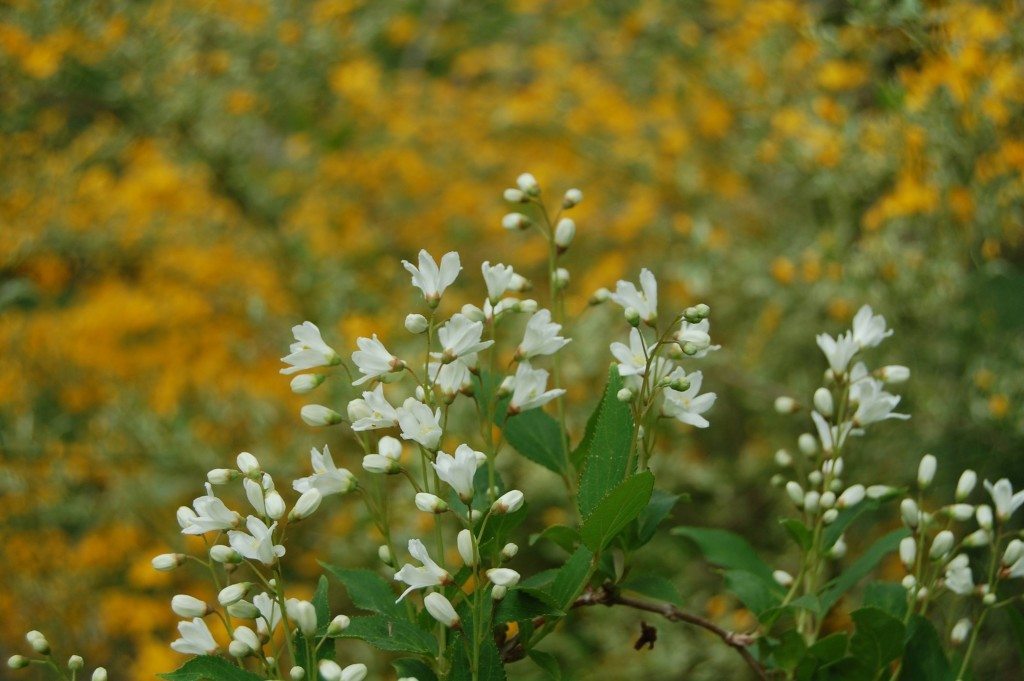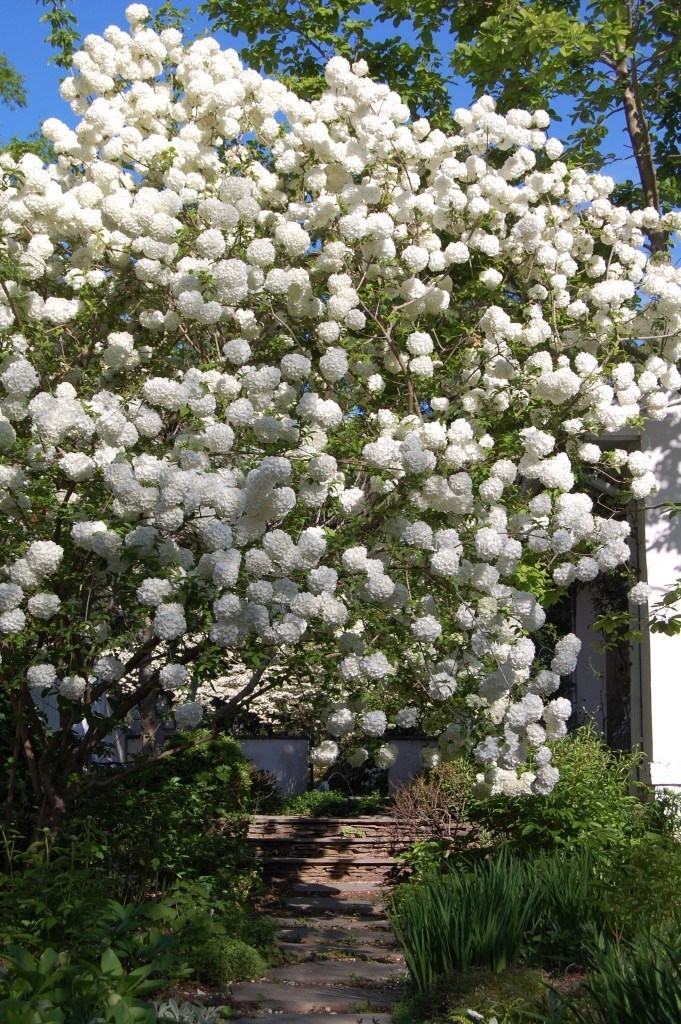AN AUTUMN STROLL THROUGH GEORGETOWN’S DUMBARTON OAKS
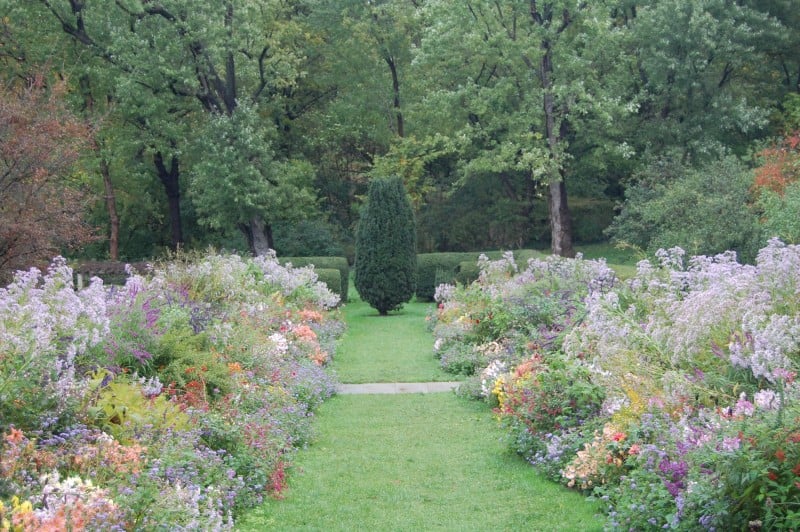
Visiting Dumbarton Oaks is always a treat, but last October, a walk through the grounds was particularly special as I got to tag along with Lynden Miller (left, below) and Gail Griffin (right, below). The two long-time friends are icons in the world of American landscape gardening.
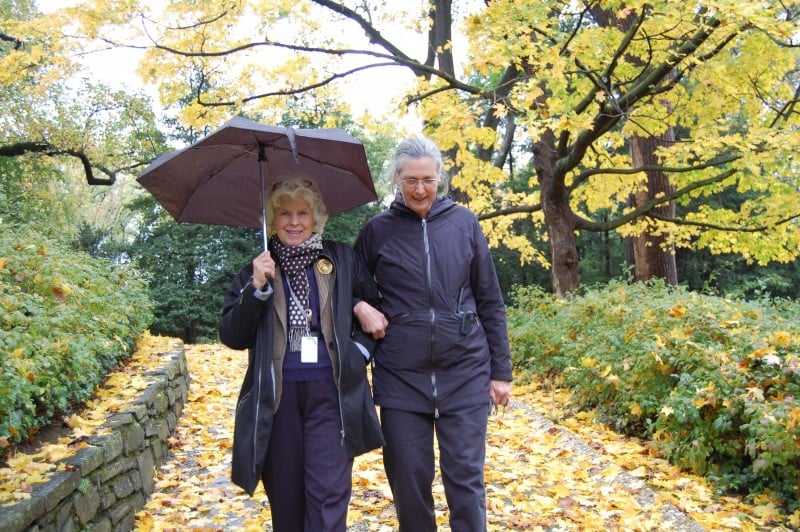
New York City public landscape designer Lynden Miller rescued and restored Central Park’s Conservatory Garden, among many other public gardens. I wrote about Lynden’s inspiring work and her influence on the public spaces movement in Richmond in a prior blog post. On this cold rainy fall day, Lynden delivered a fascinating lecture to the Dumbarton Oaks Fellows about Beatrix Farrand, the landscape gardener who designed the Dumbarton Oaks gardens. After her lecture, Lynden and I joined Gail Griffin, Director of Gardens and Grounds at Dumbarton Oaks, for a stroll through the gardens.
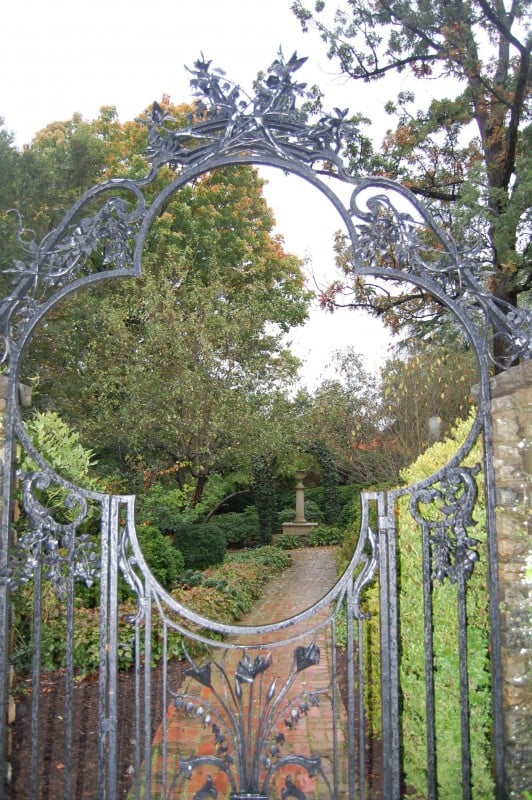
After a day spent on the grounds, it was clear to me that Gail is a beloved member of the Dumbarton Oaks family. She values and appreciates the many and varied contributions of her talented staff. Moreover, she deftly balances the sensitive and complex goals of preserving the design intent of Farrand and Mildred Bliss, while embracing the living landscape as it changes through the ages, the seasons, the days.
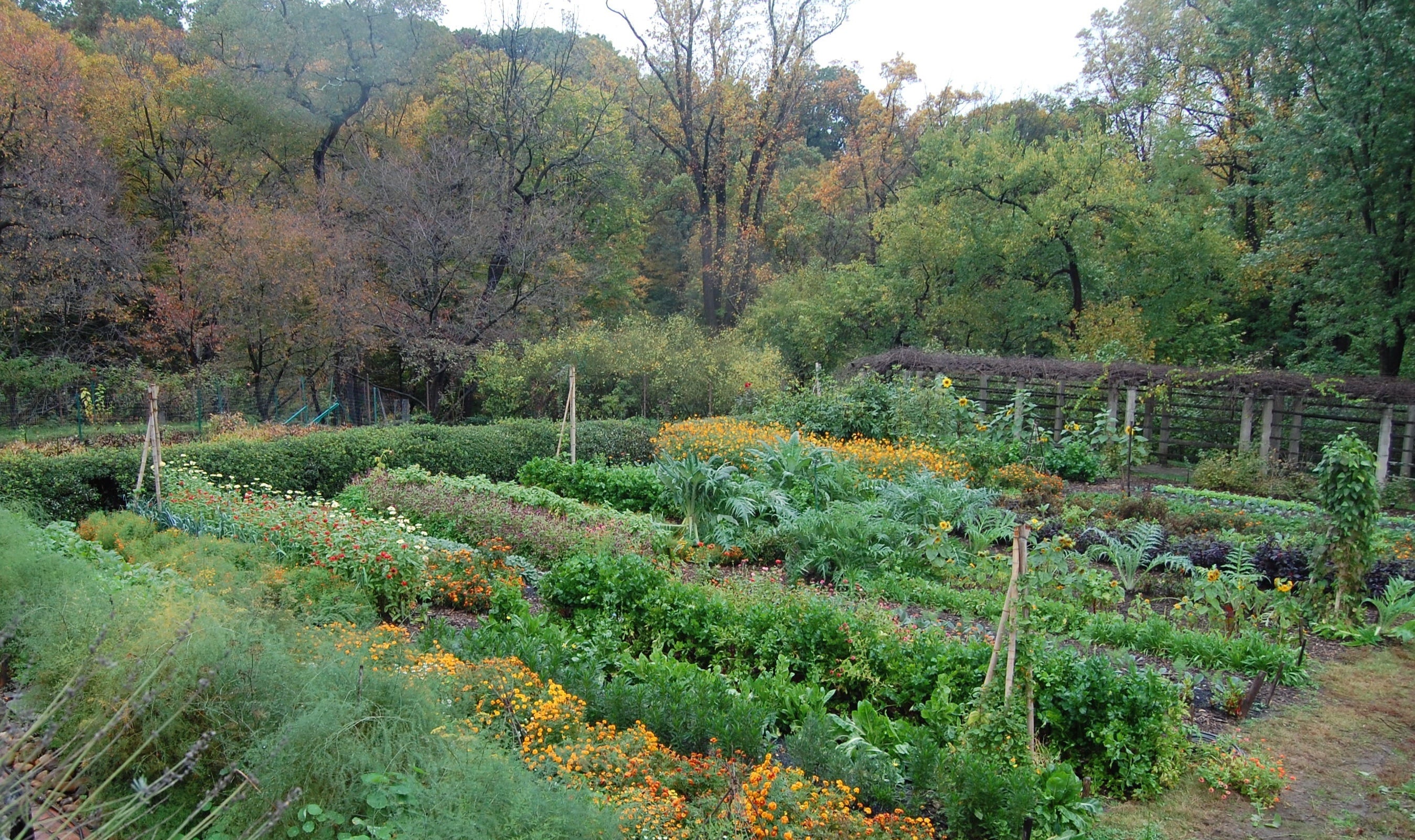
Under Gail’s leadership, the vegetable garden has been reinstated and enlarged. Over time she and her staff have added new vegetables, and new plant supports for the climbers and twiners.
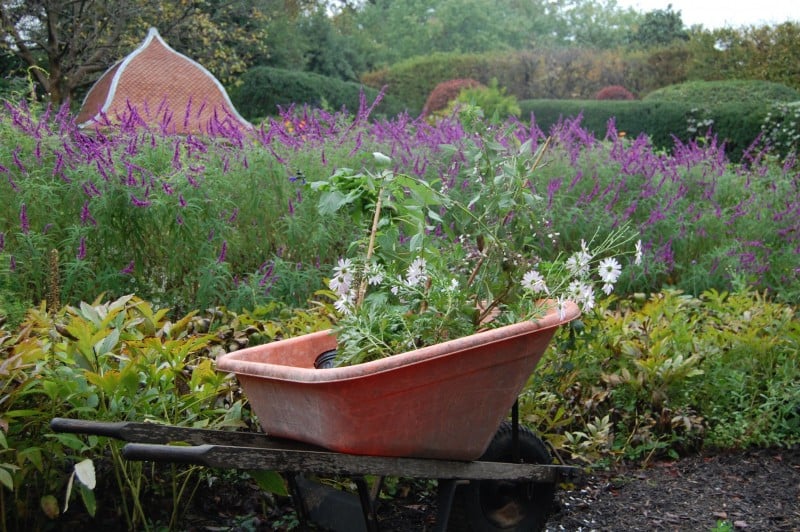
The cold and rain does not slow down the dedicated gardeners, who keep the garden looking
healthy and vibrant all four seasons.
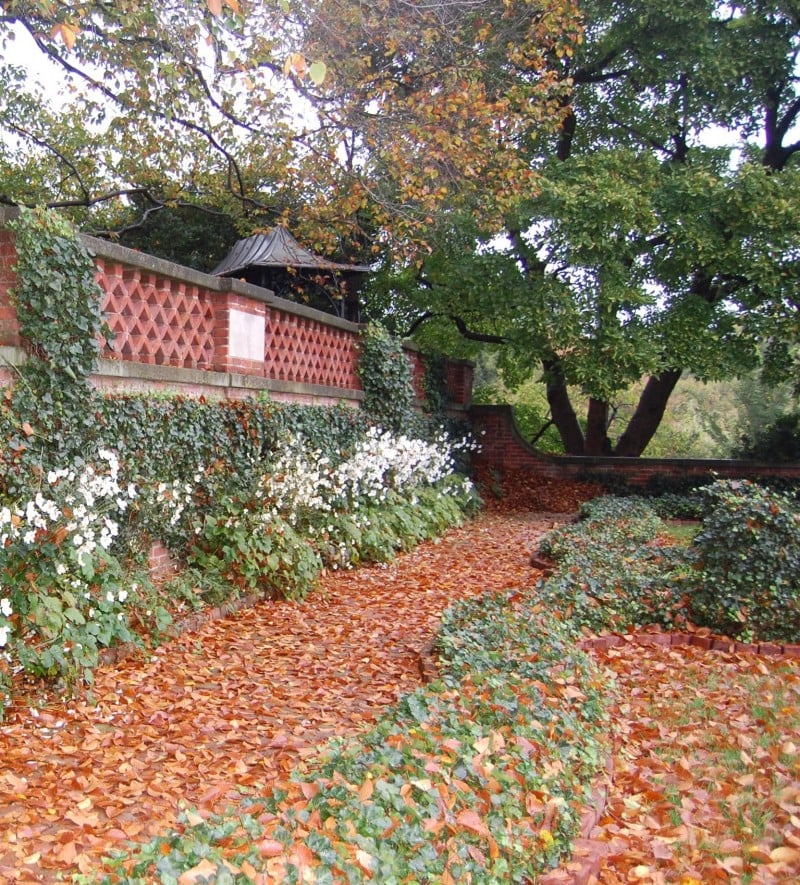
Japanese Anemone (Anemone japonica, above) blooms prolifically as the leaves fall.
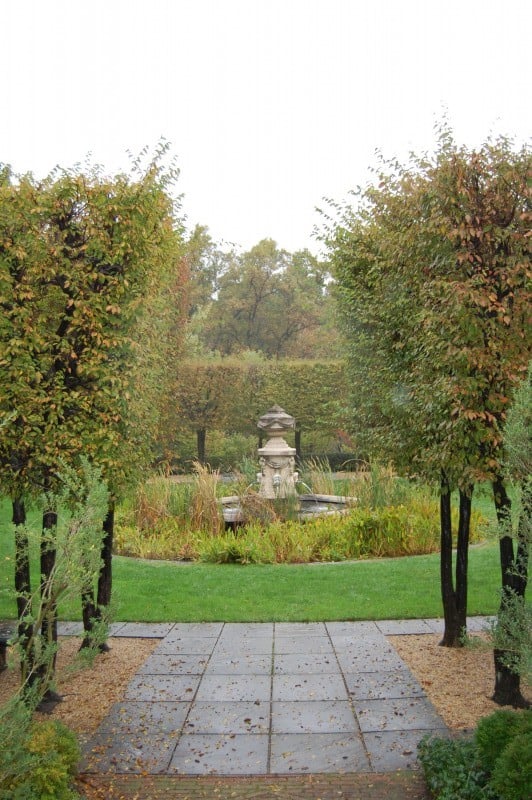
Griffin considers stormwater management and erosion control to be priorities for the Garden in coming years. She would like the pools and fountains to recirculate and she would like to capture and reuse more rainwater.
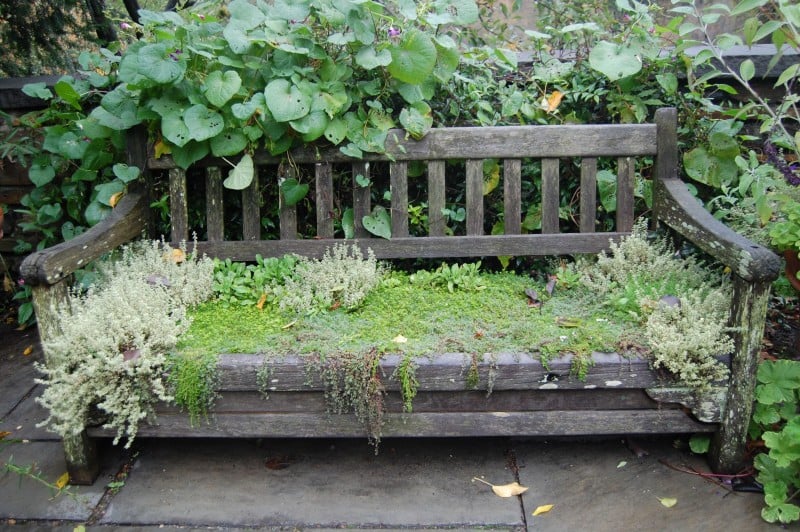
A seat in thyme . . .
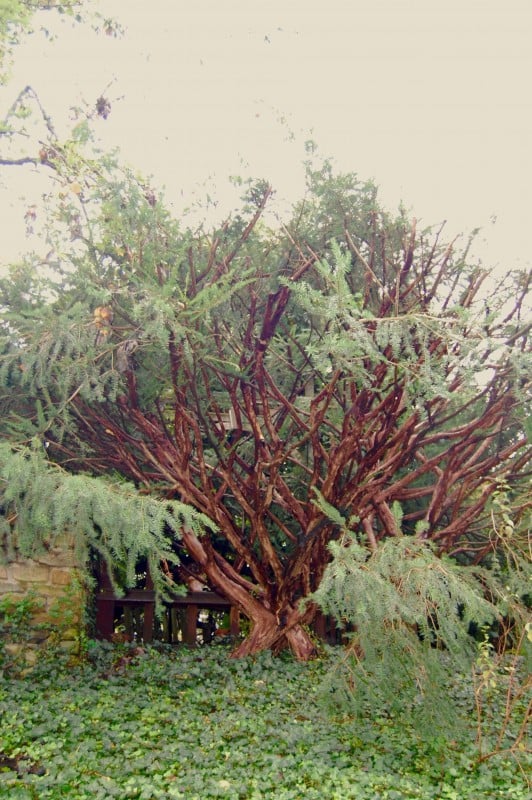
The rain accentuates the intricate branching of this Yew, above,
and the exfoliating bark of the tree (Lacebark Elm (Ulmus parvifolia)?) below.
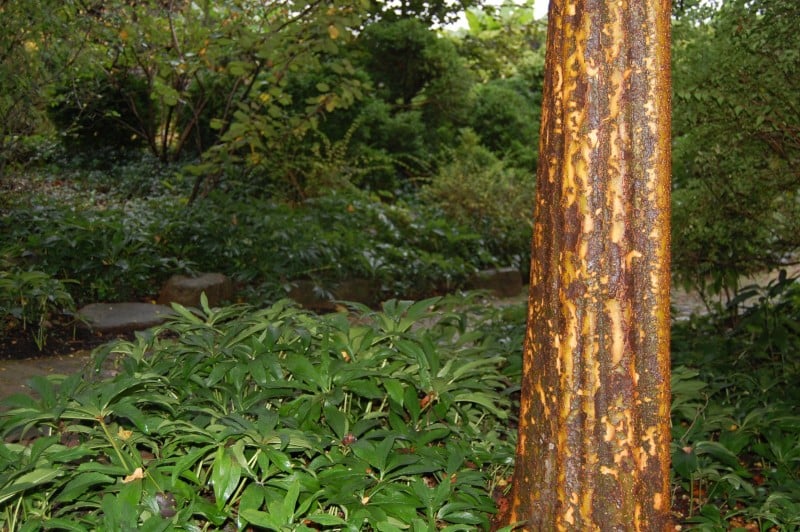
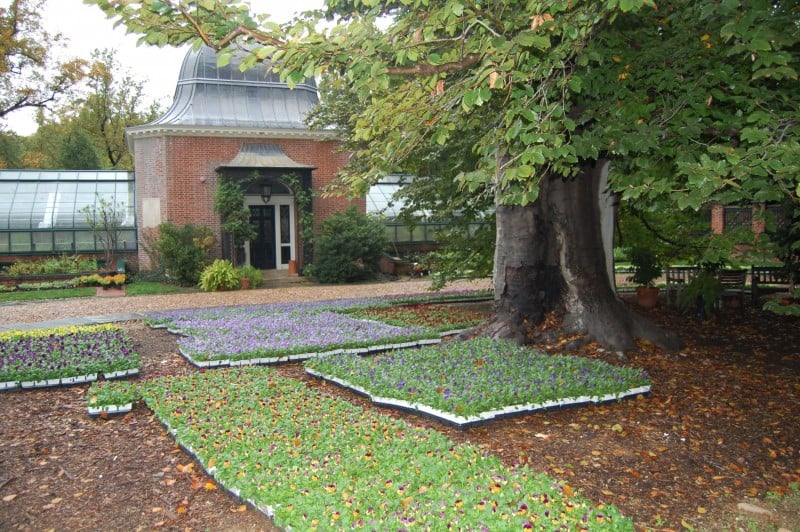
Thousands of Johnny Jump Ups and Pansies await planting. I learned from Lynden and Gail that
Johnny-Jump-Ups are hardier than pansies.

In her lecture, Lynden noted that Farrand felt strongly that aesthetics are an important part of an intellectual life. Farrand, the Blisses, Gail and scores of others have created, nurtured and strengthened the Garden over the last century for those who come by the thousands to this special place along Rock Creek Park.
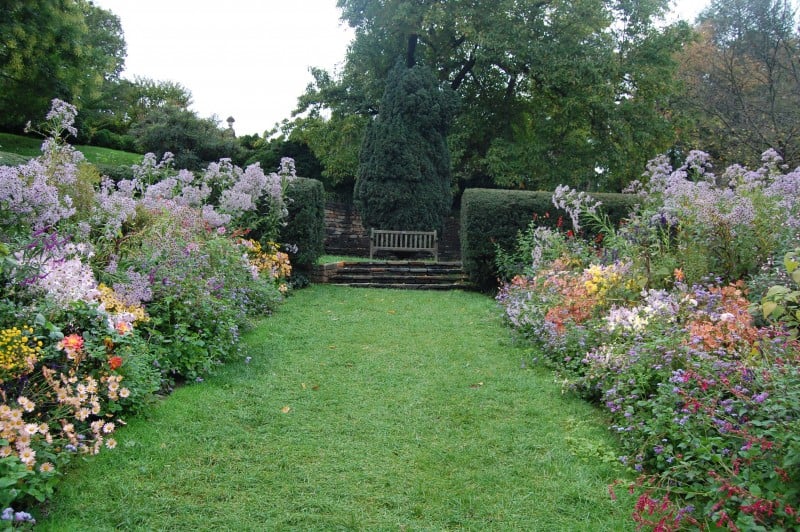
The beauty of Dumbarton Oaks speaks to all of the senses on this cool, wet October afternoon. As Gail said in an oral history interview, “People seem to see a spirit here, it’s almost an abundance, a tranquility. It’s a life lifted up to a higher level.” Amen.



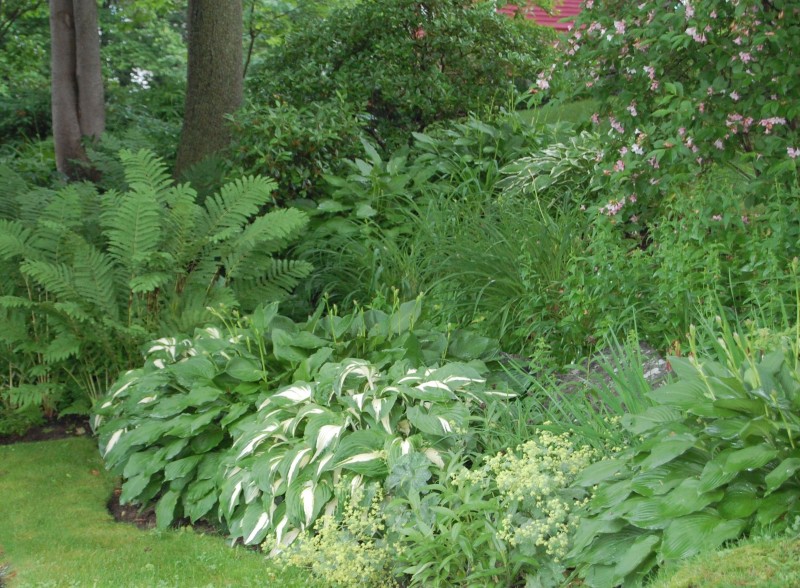
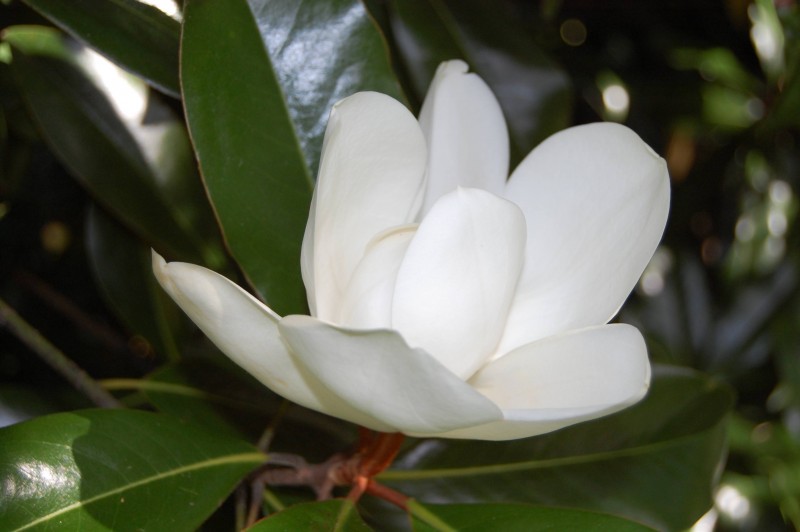
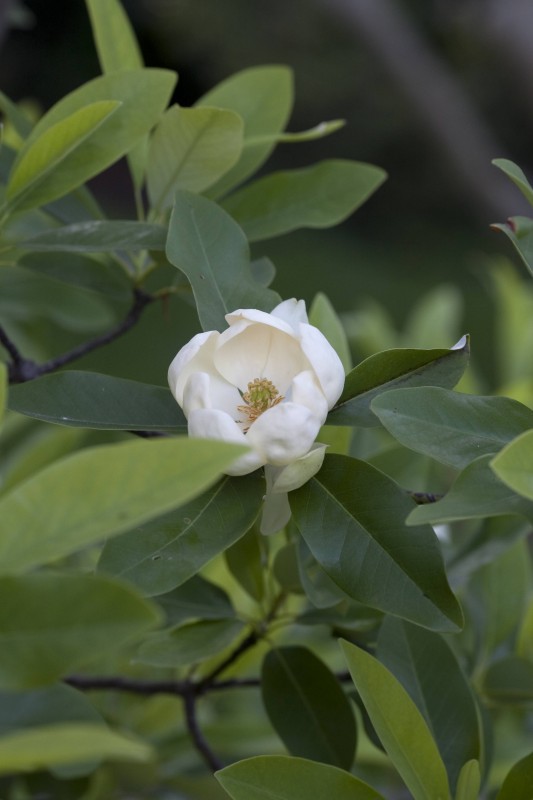
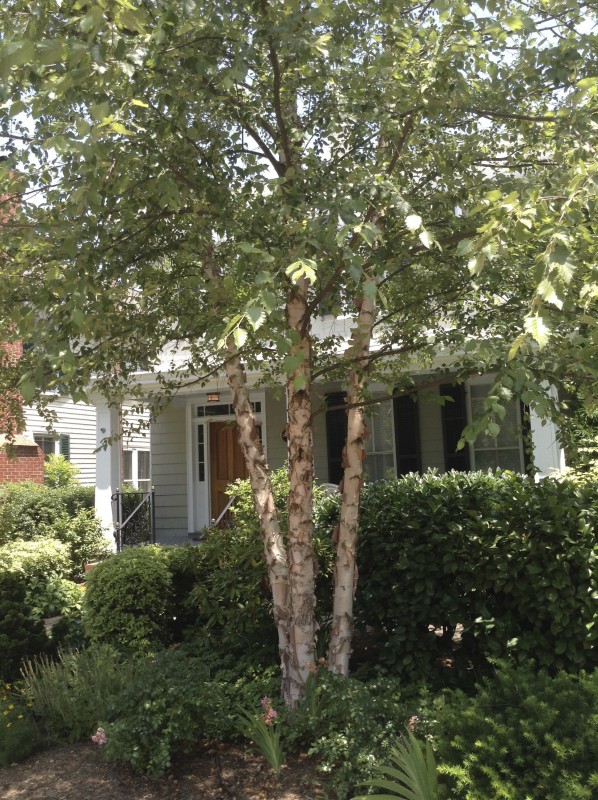

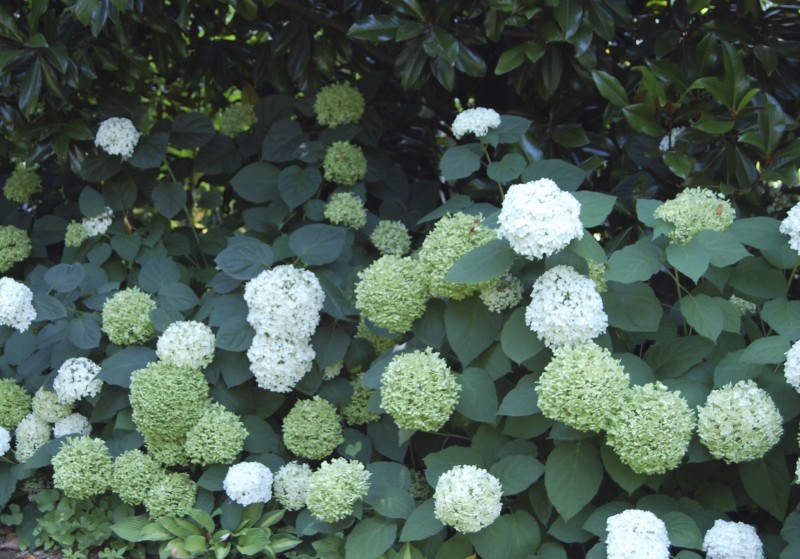
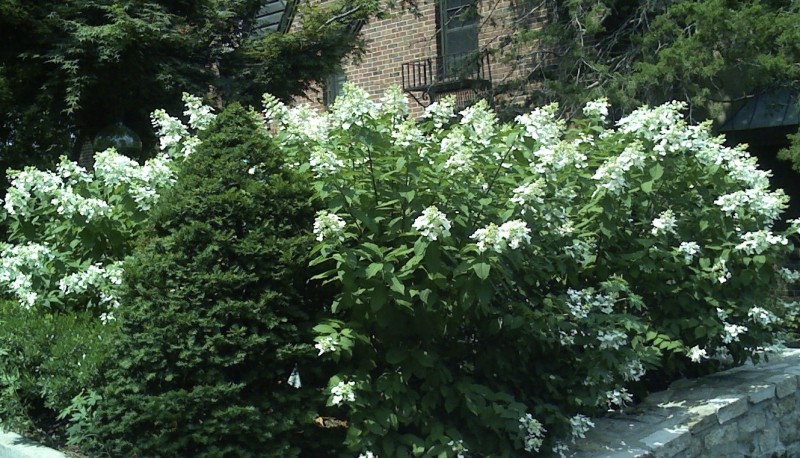
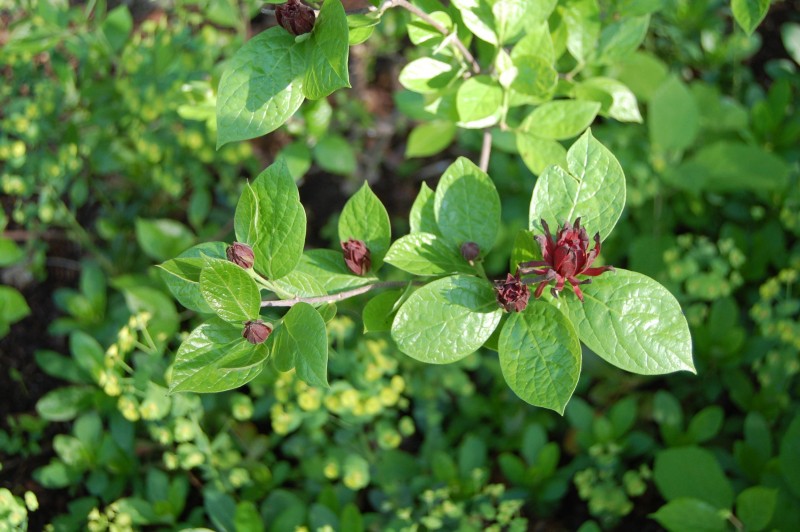
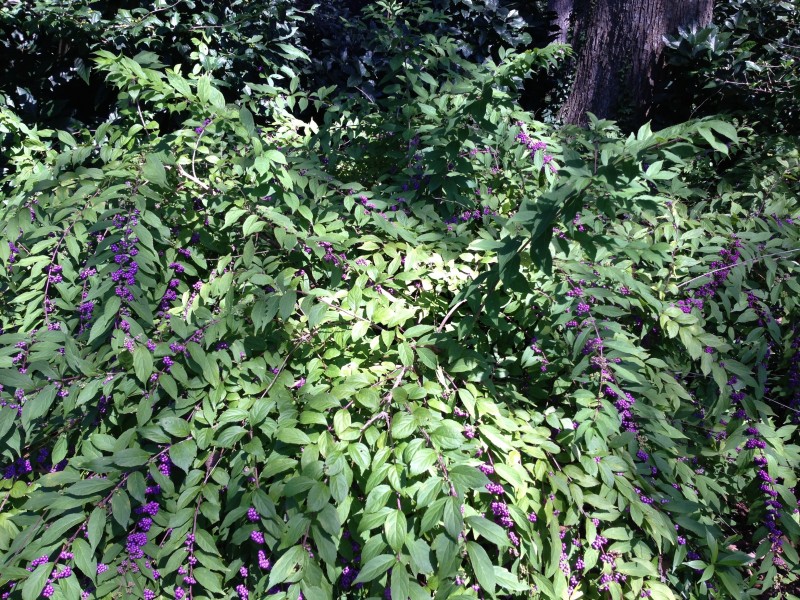

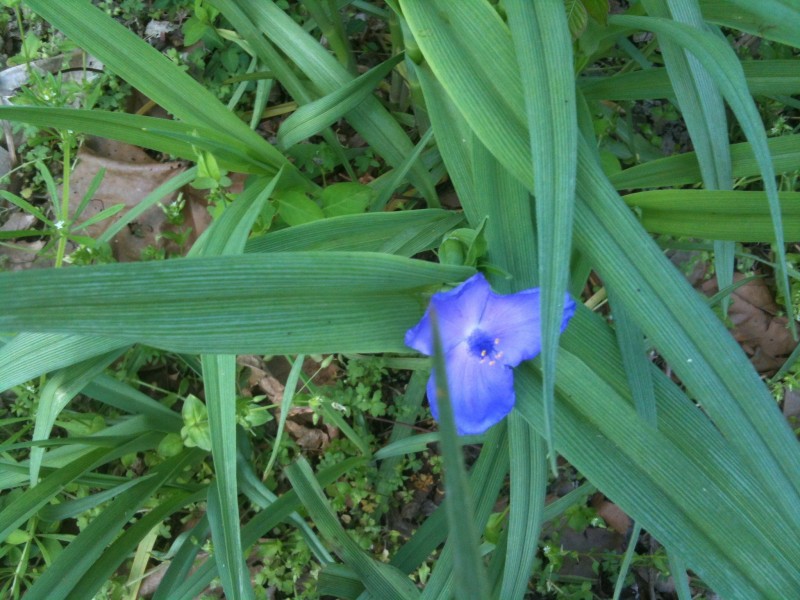
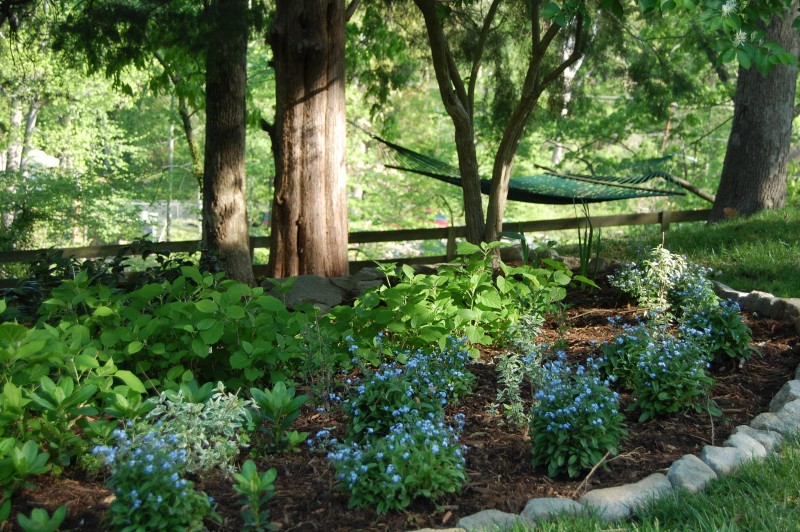
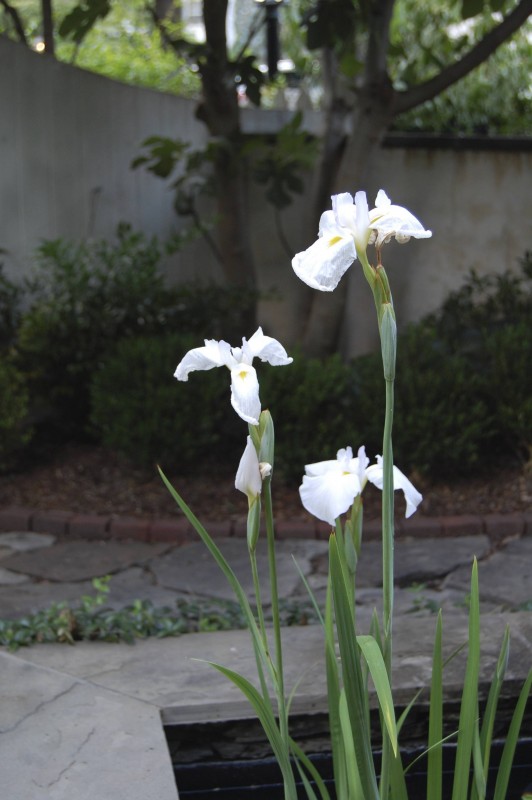
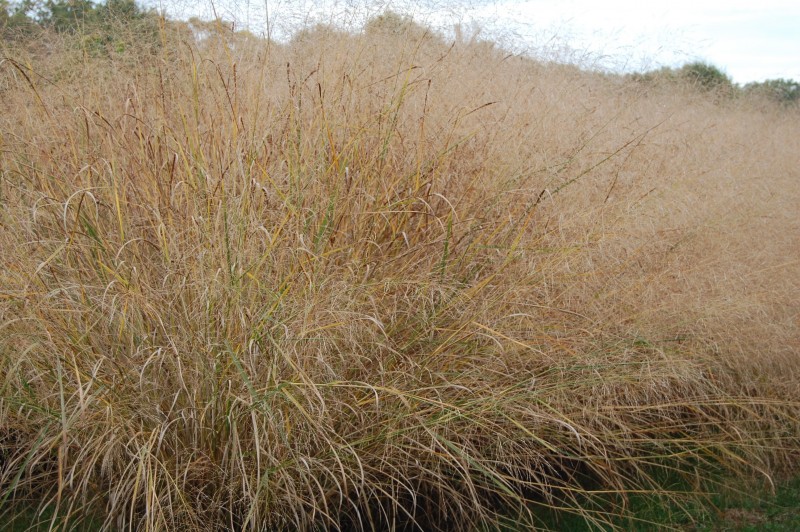
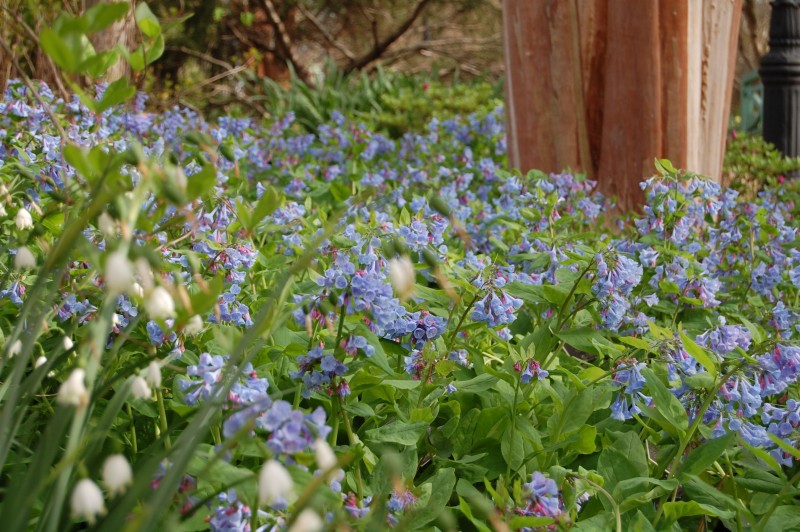 Mertensia virginica (Virginia Bluebell) is native to Virginia.
Mertensia virginica (Virginia Bluebell) is native to Virginia.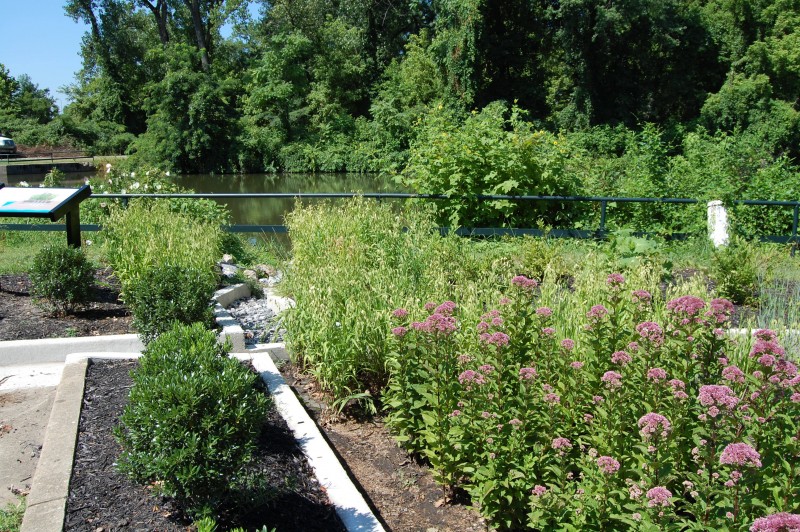 This rain garden (installed by
This rain garden (installed by 
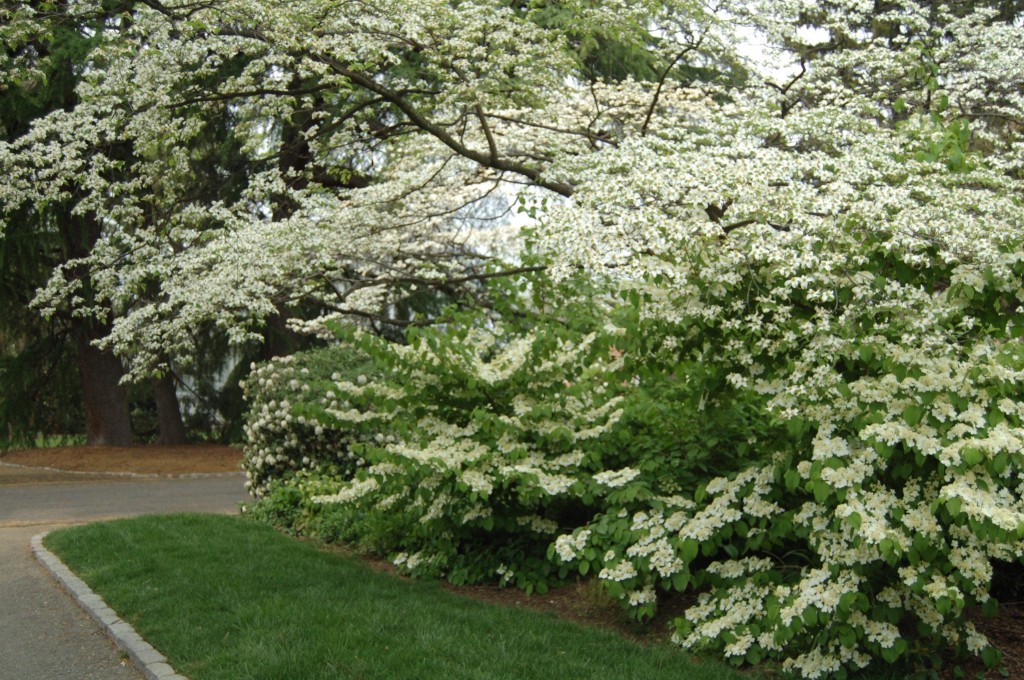
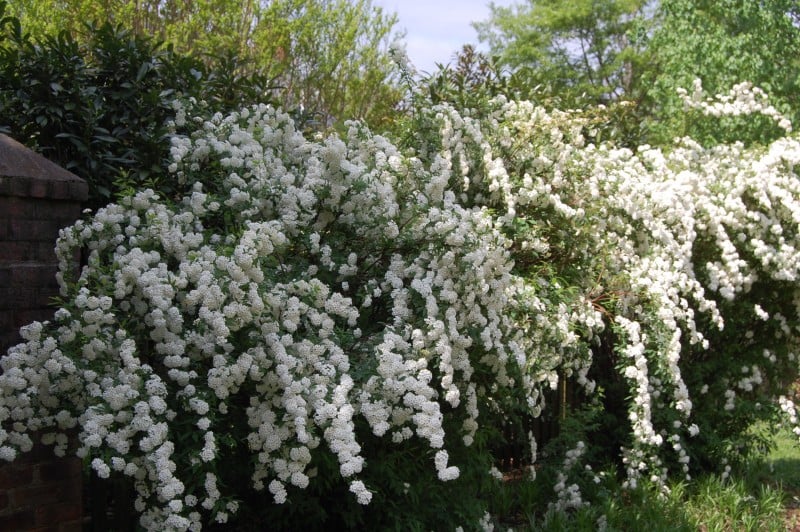
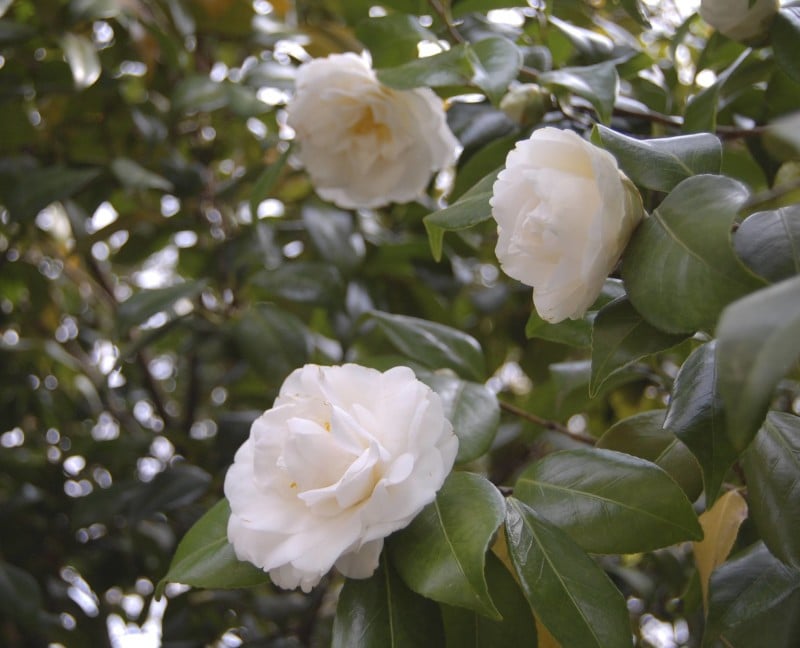
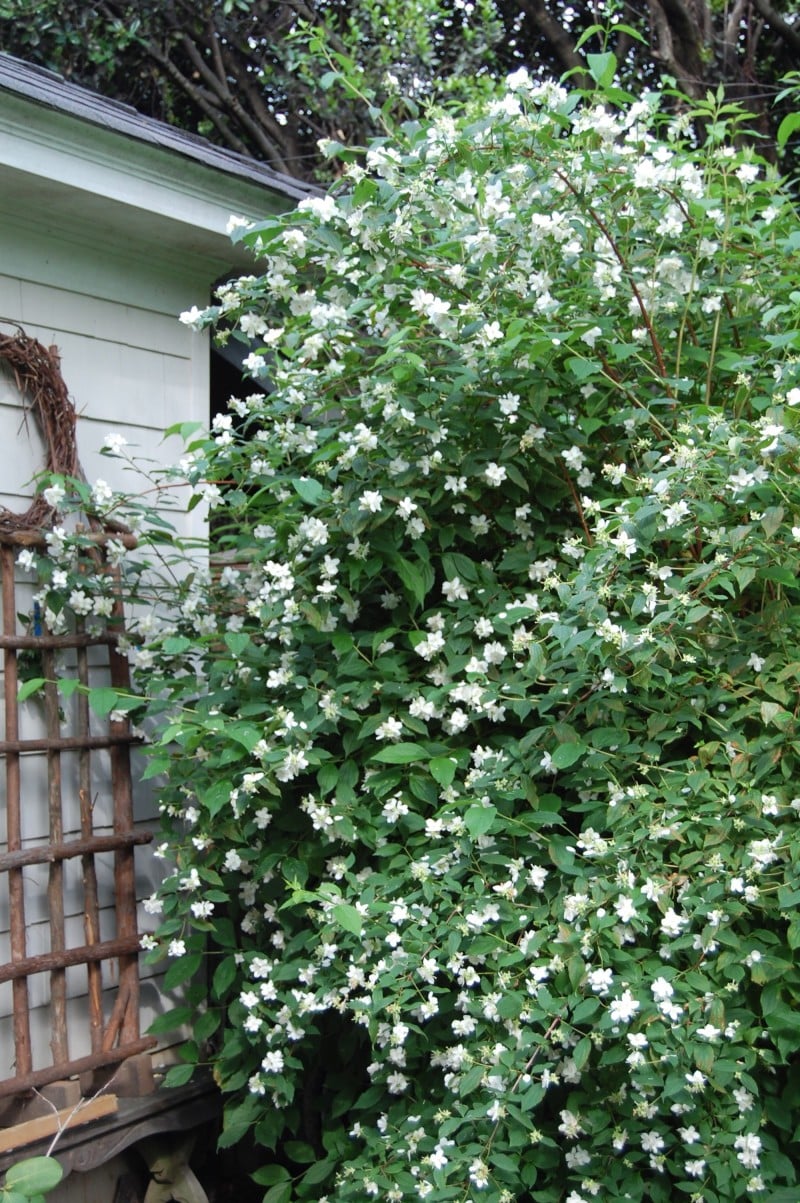
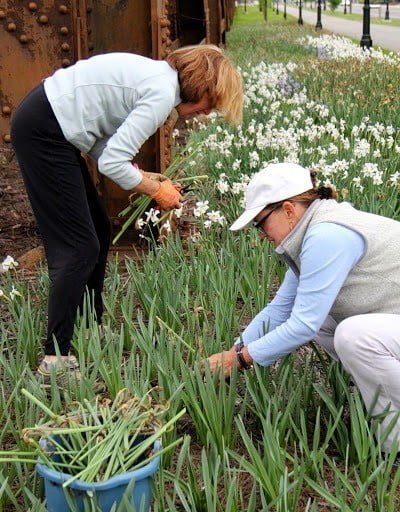
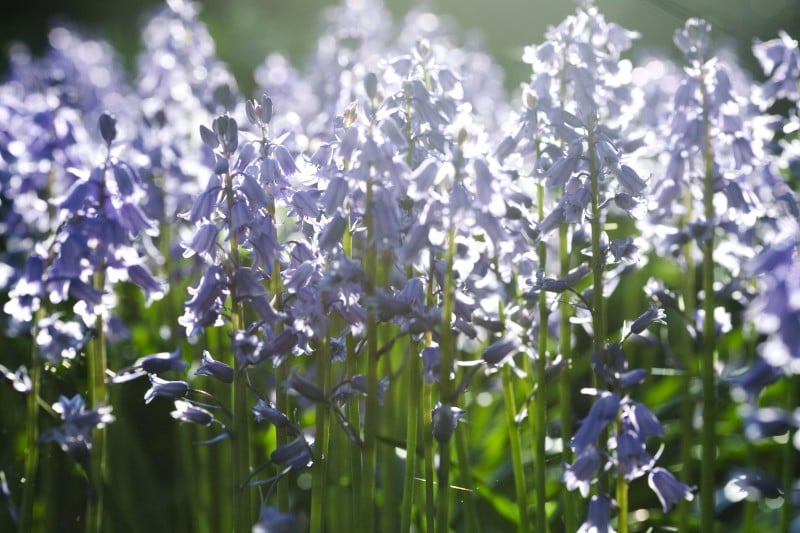
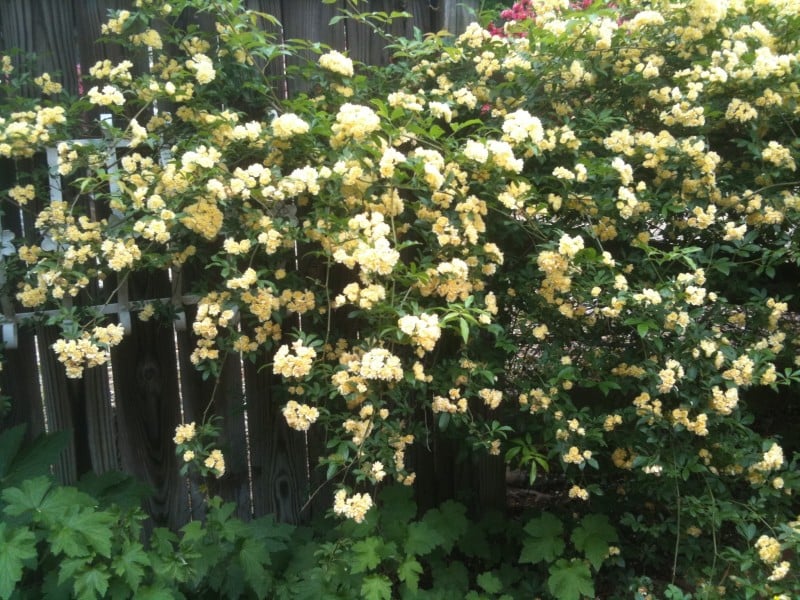
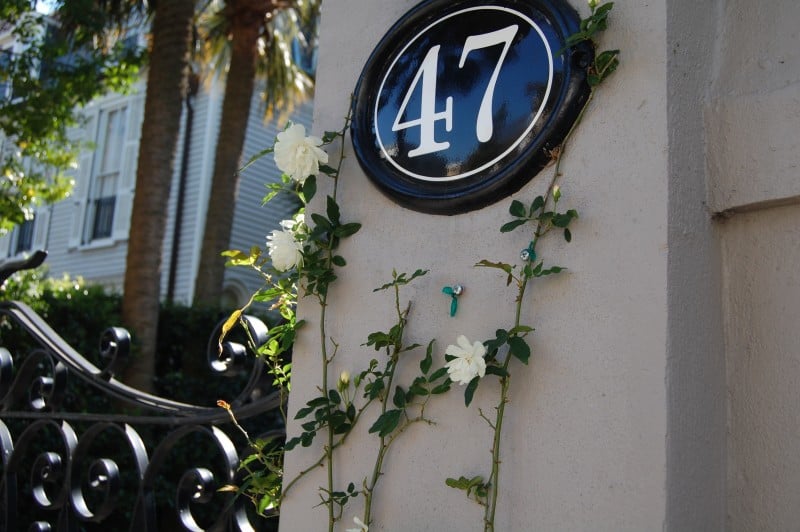
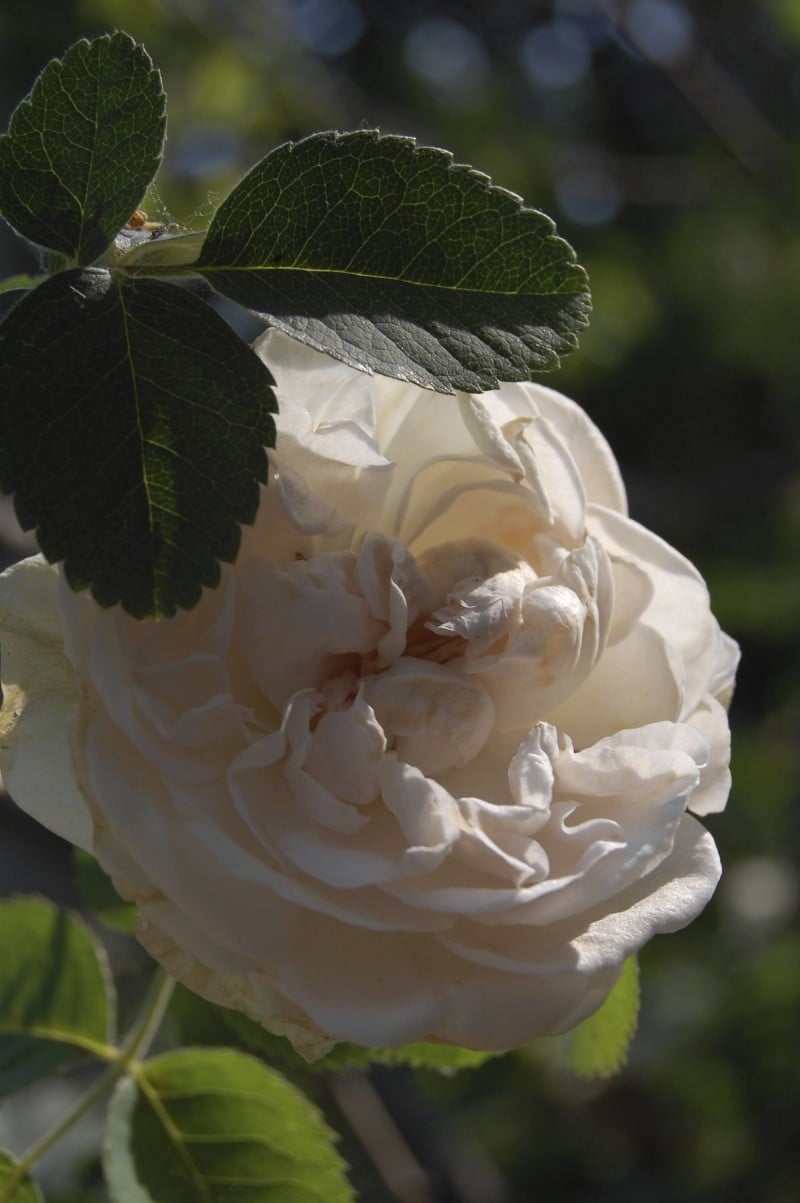
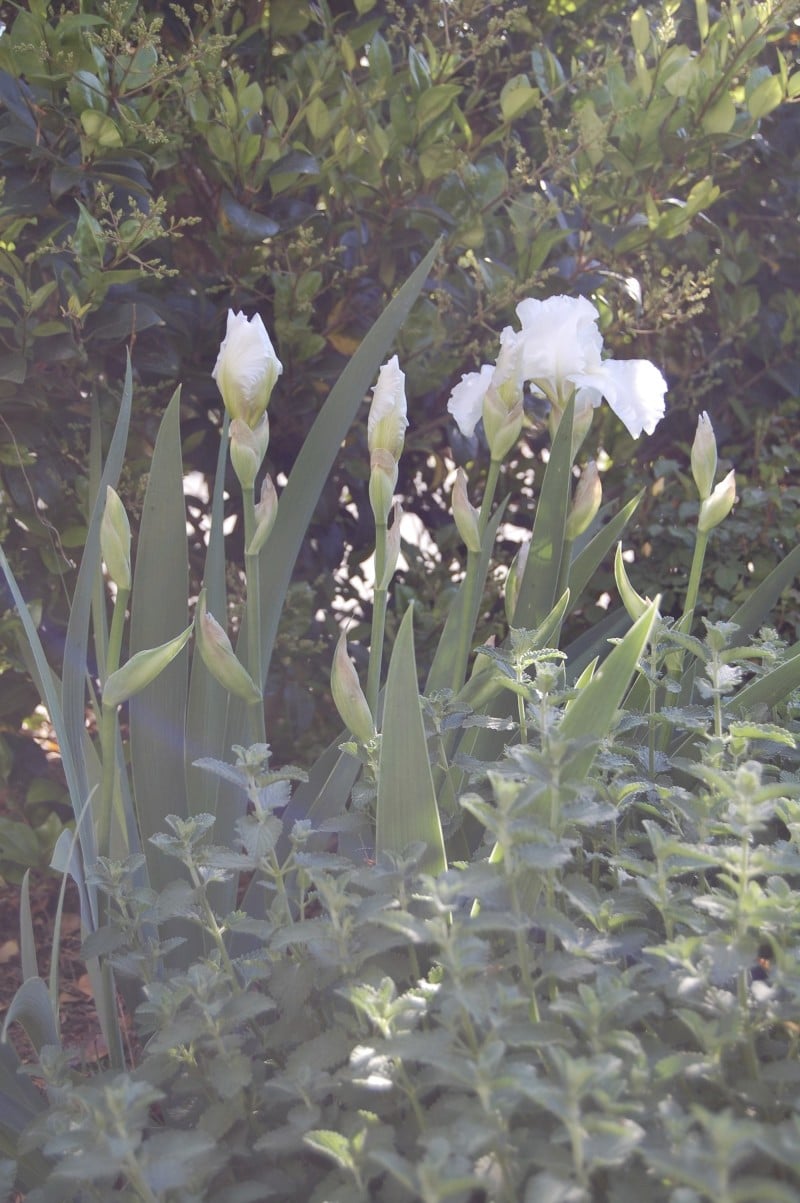
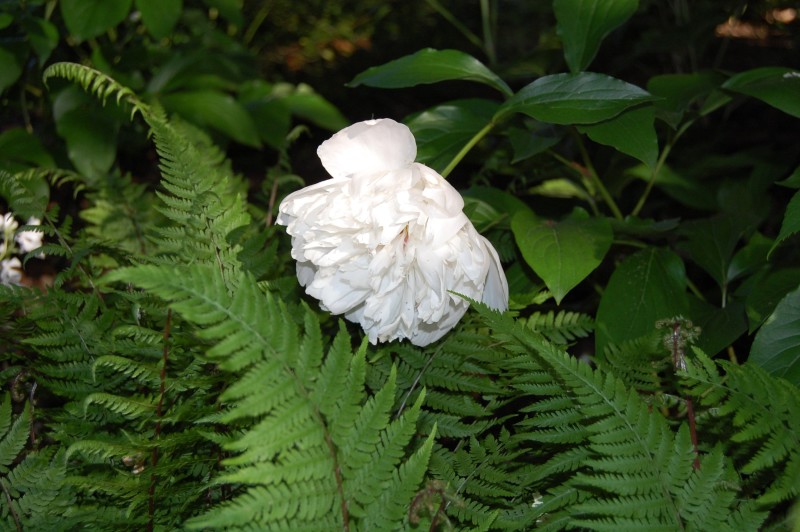
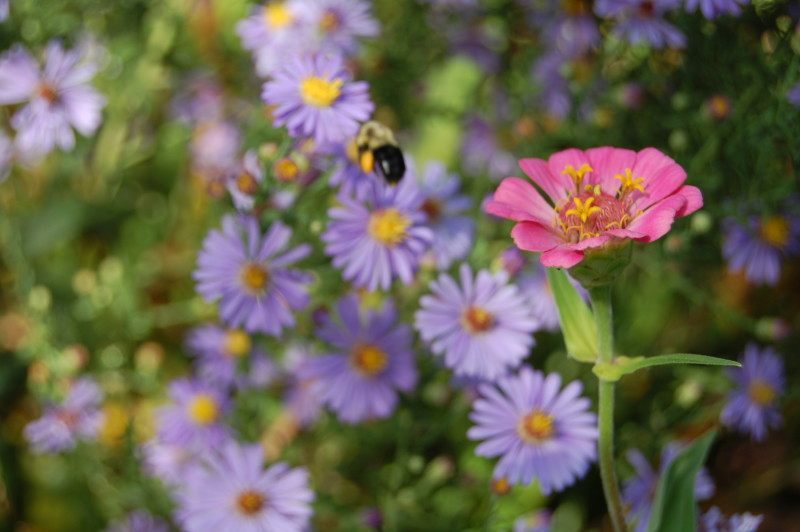
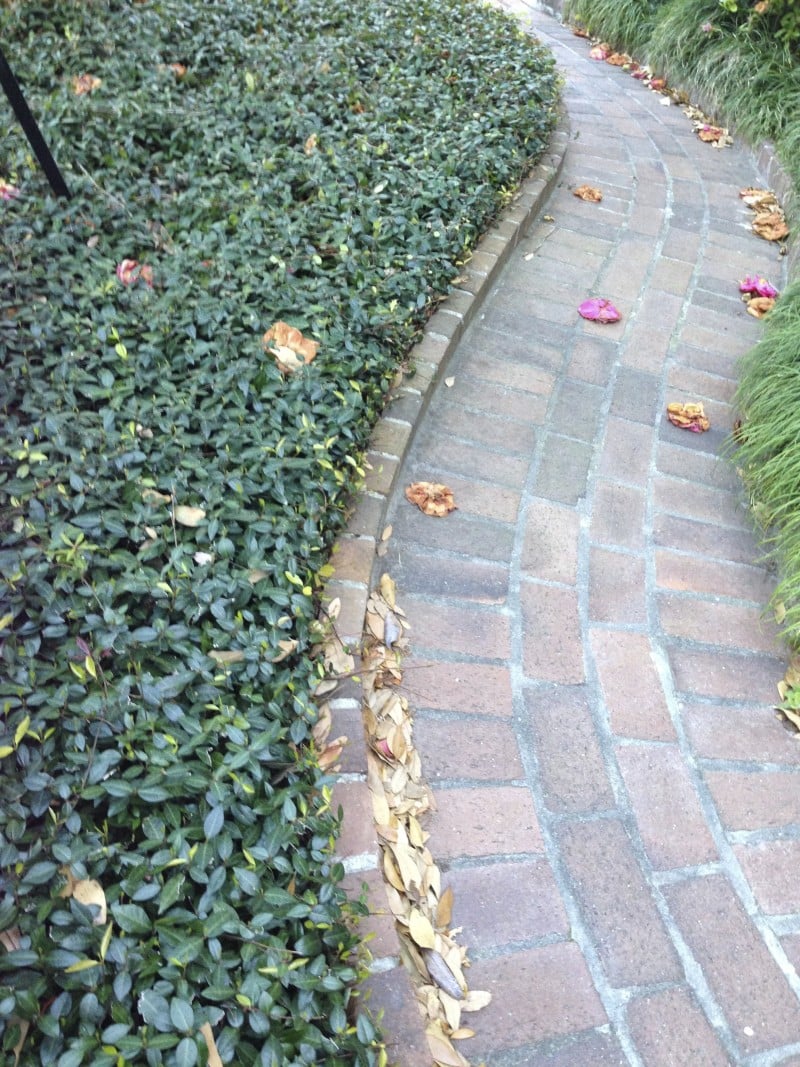


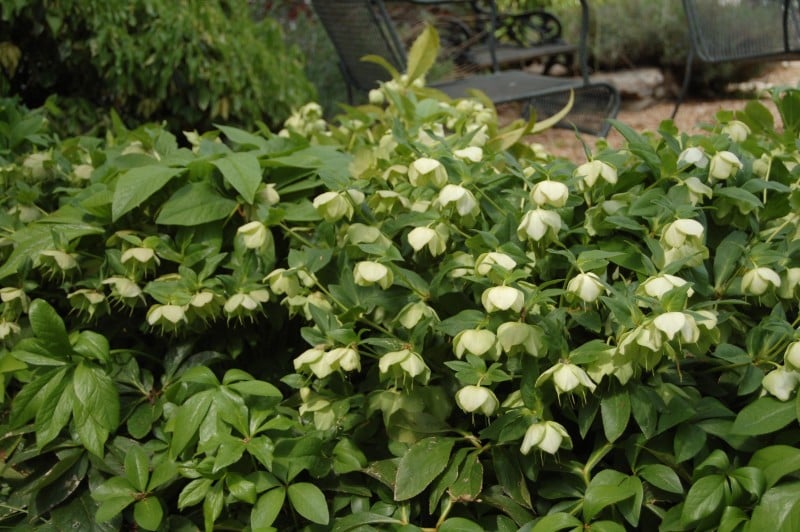
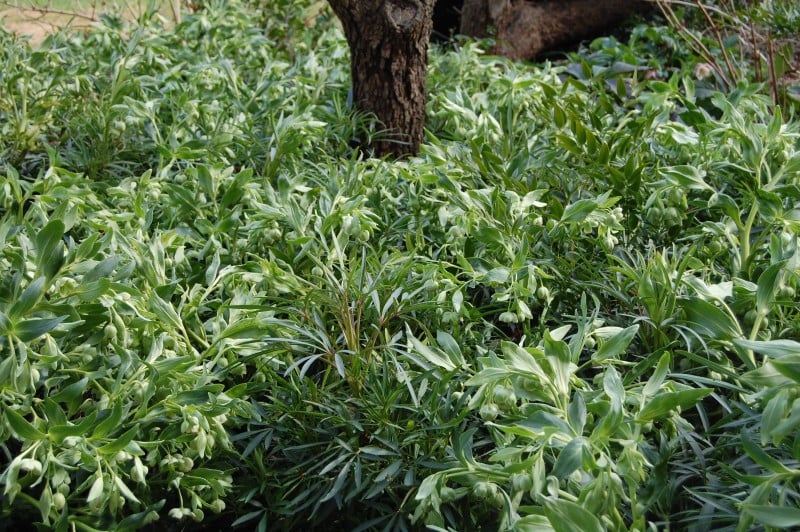
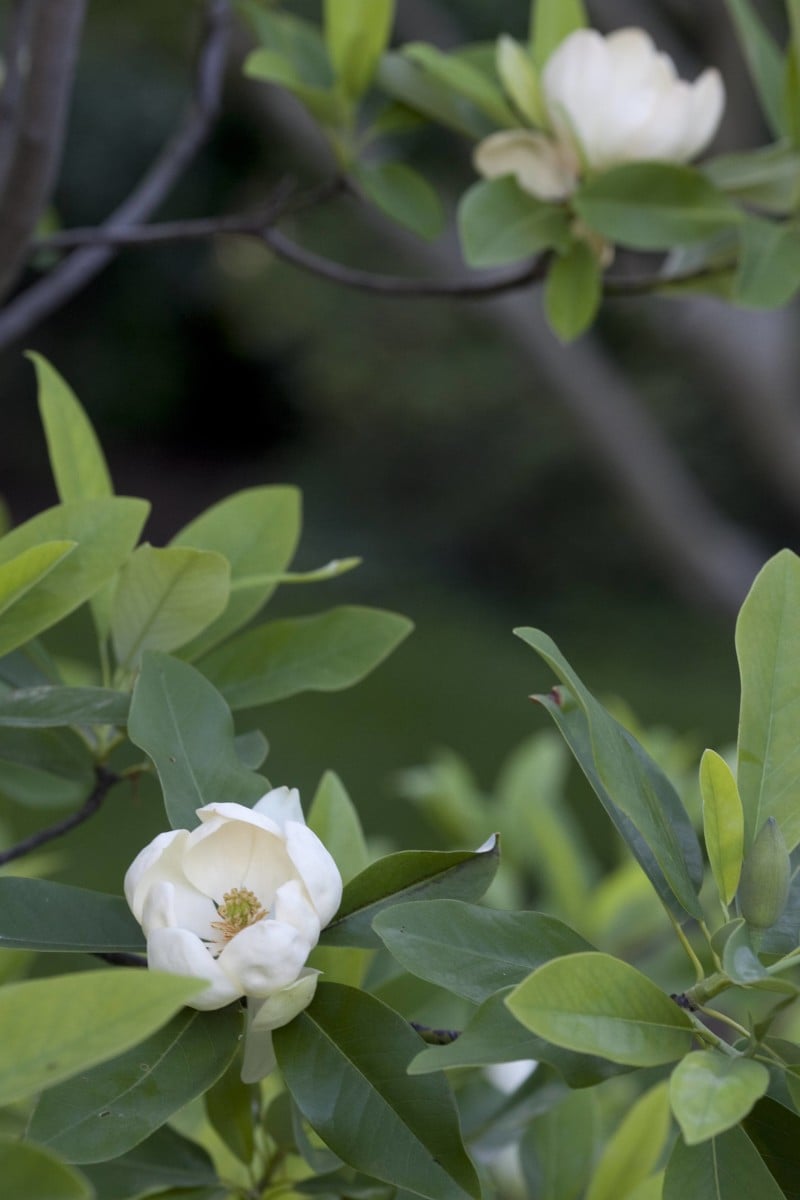
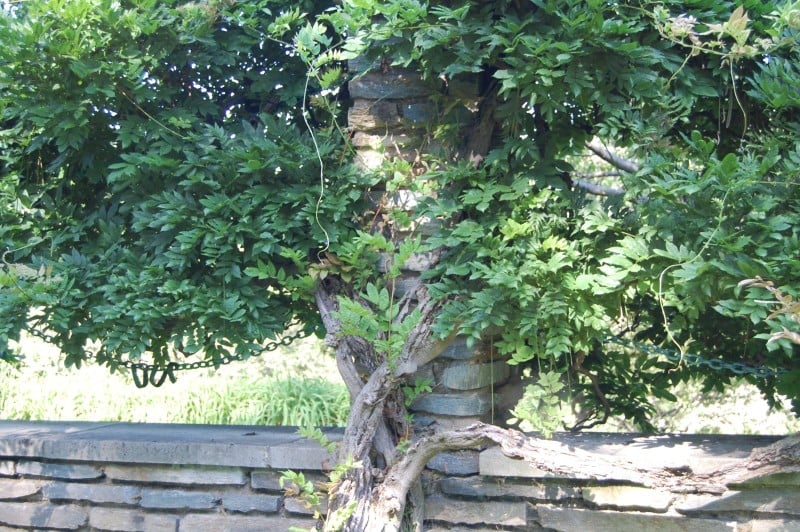

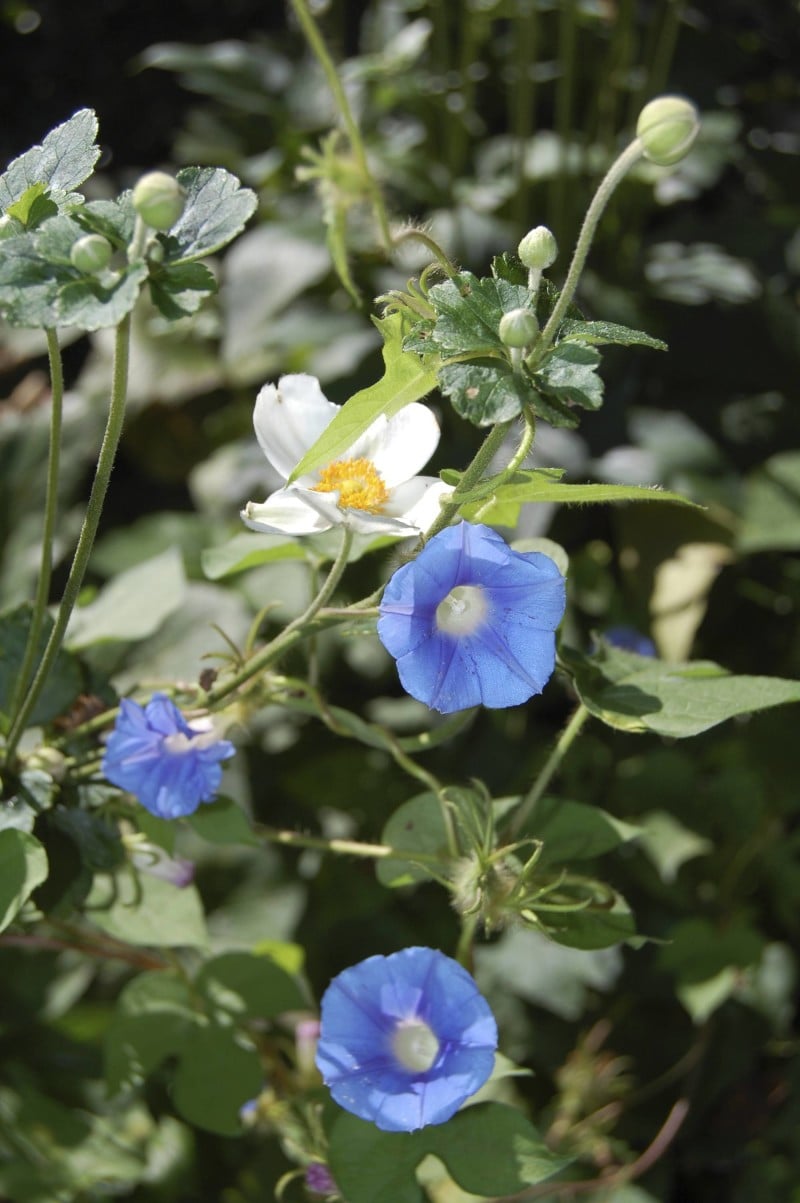
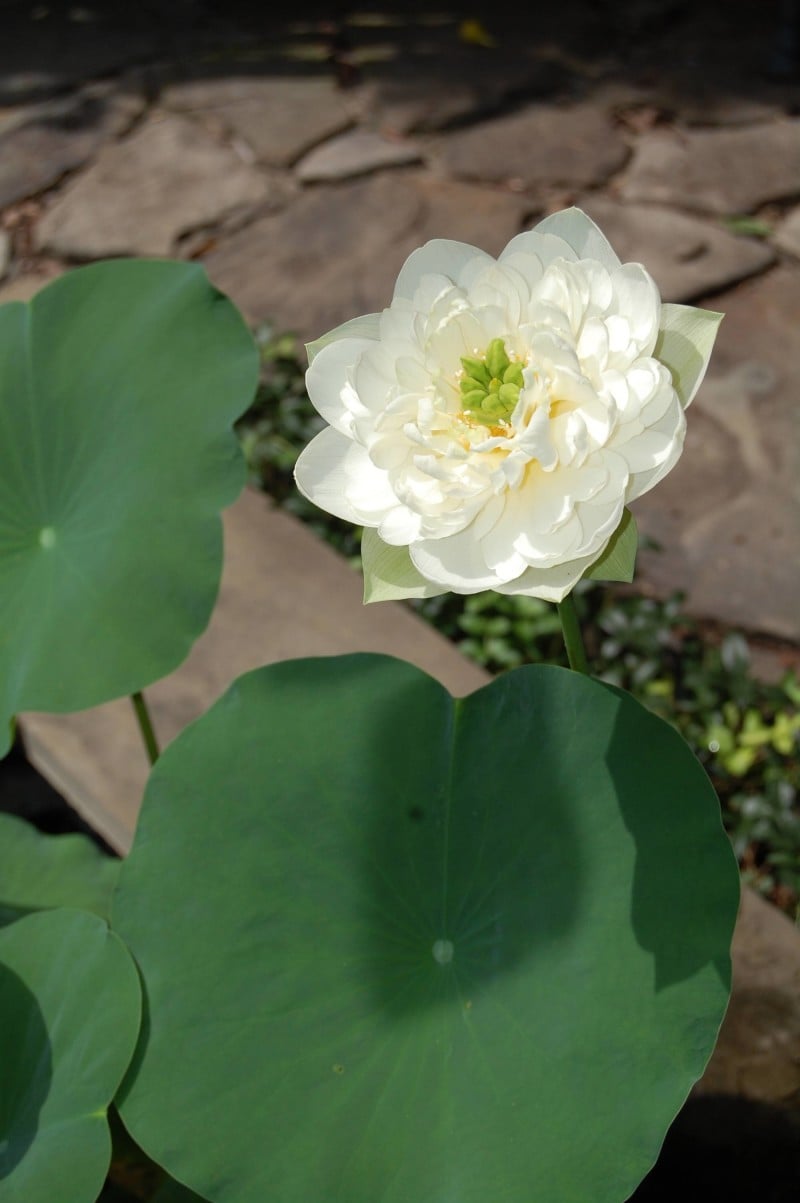
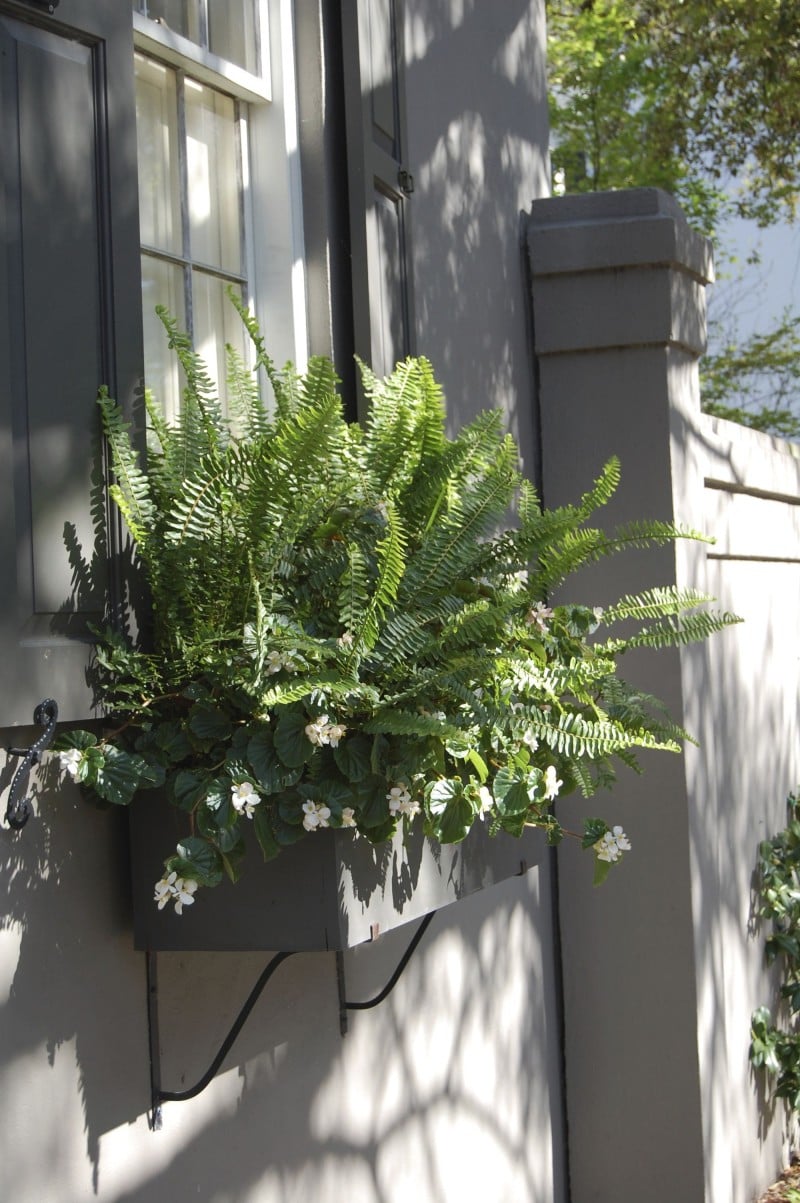



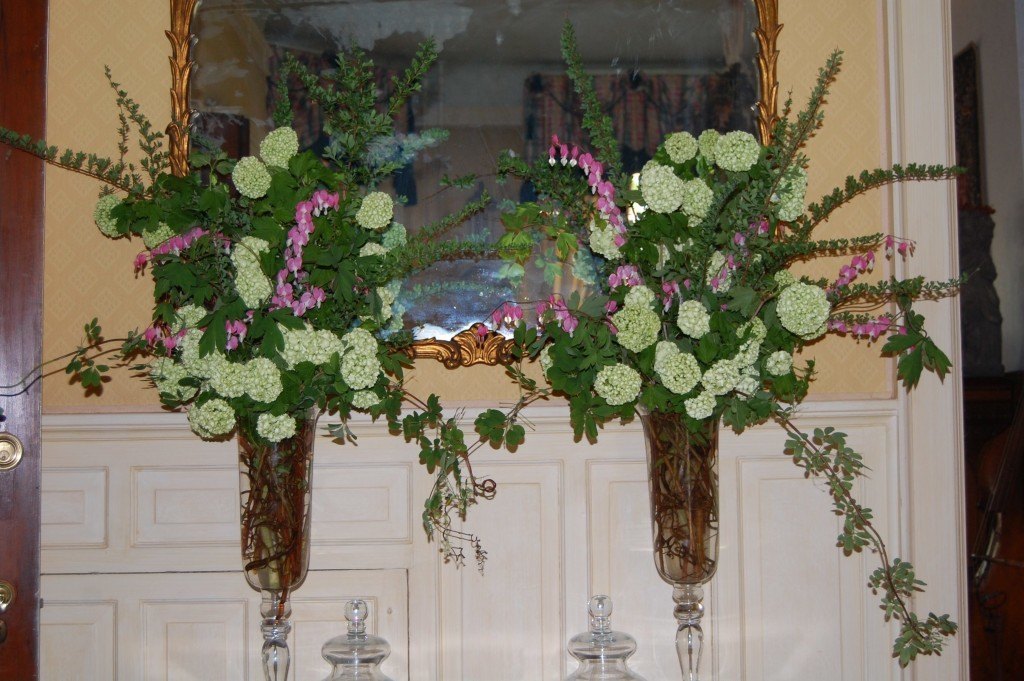
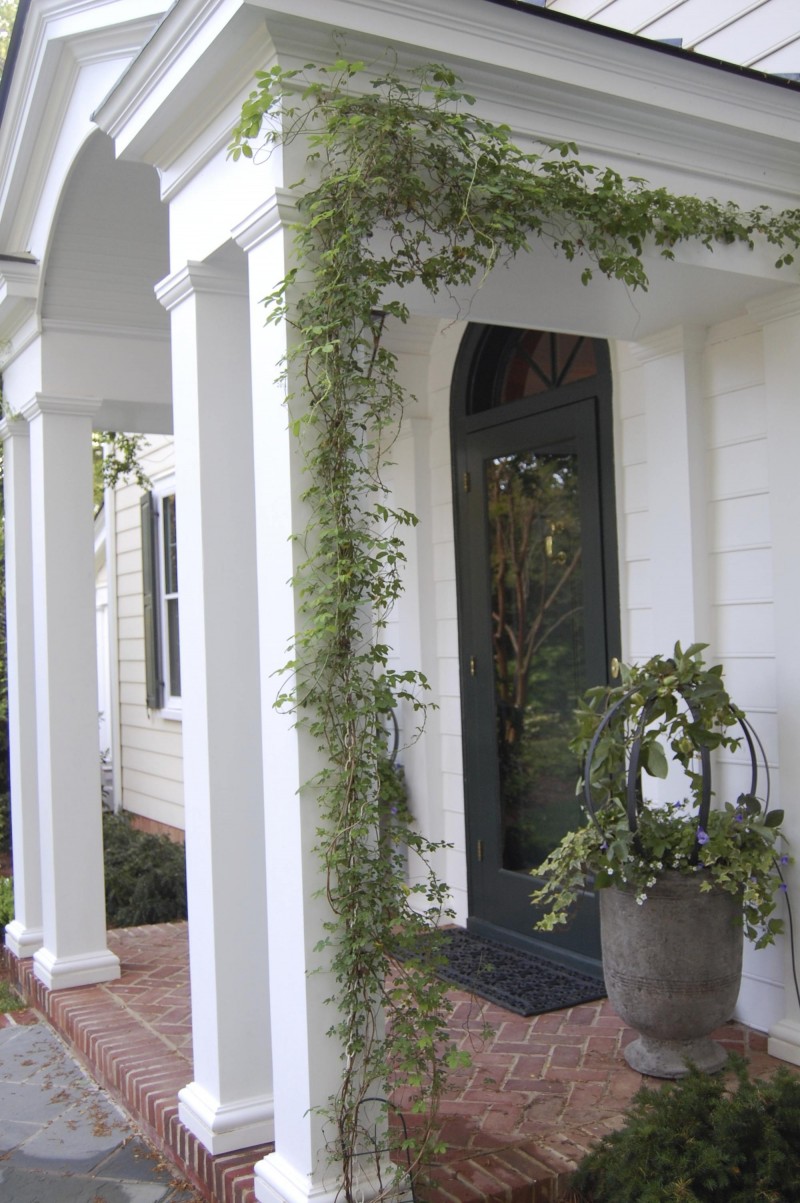
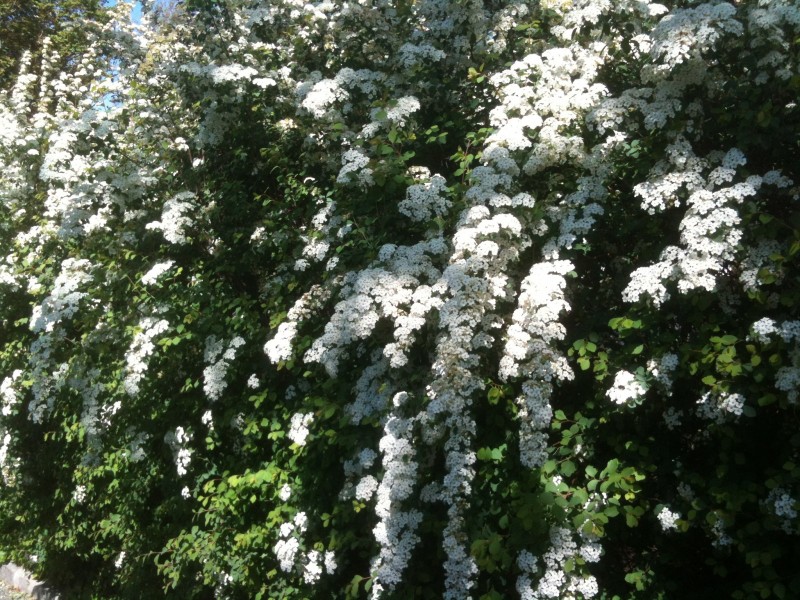
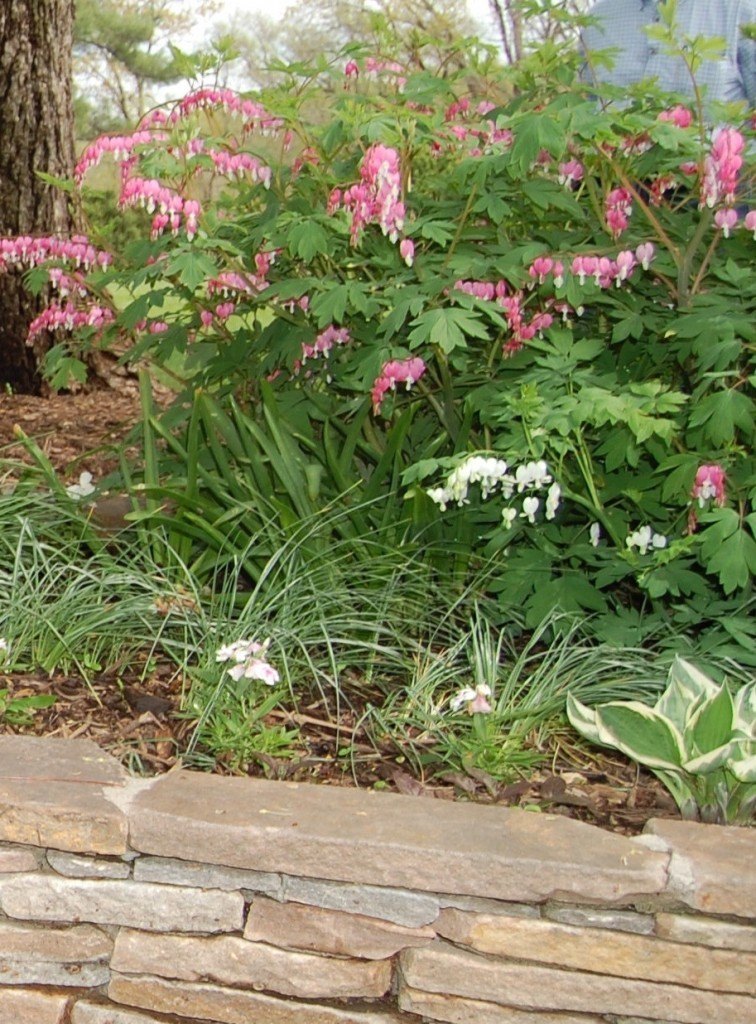
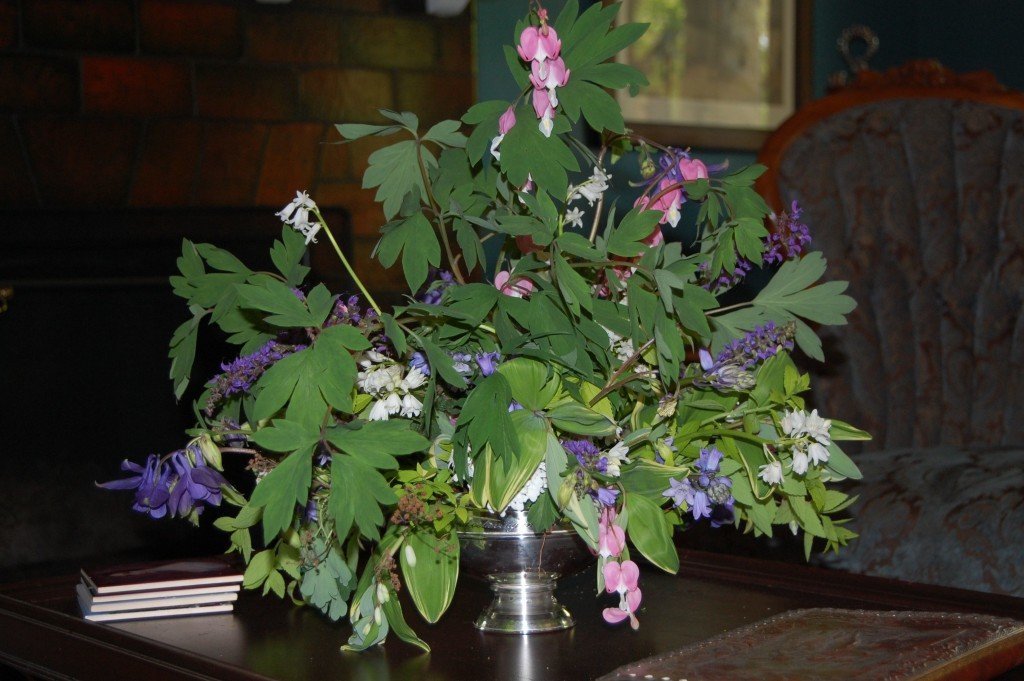
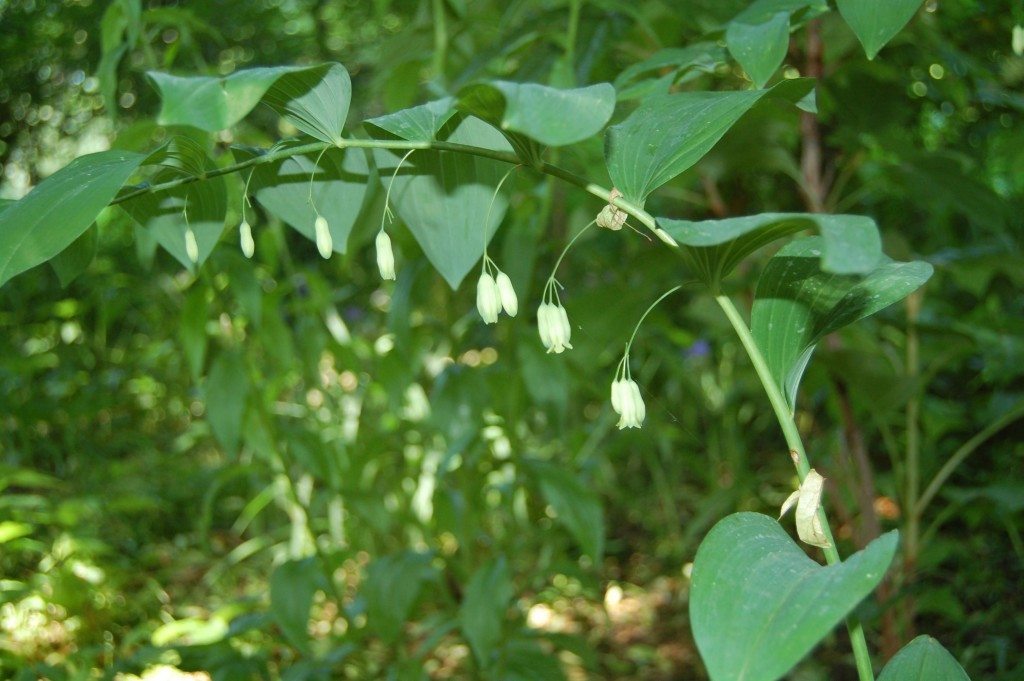
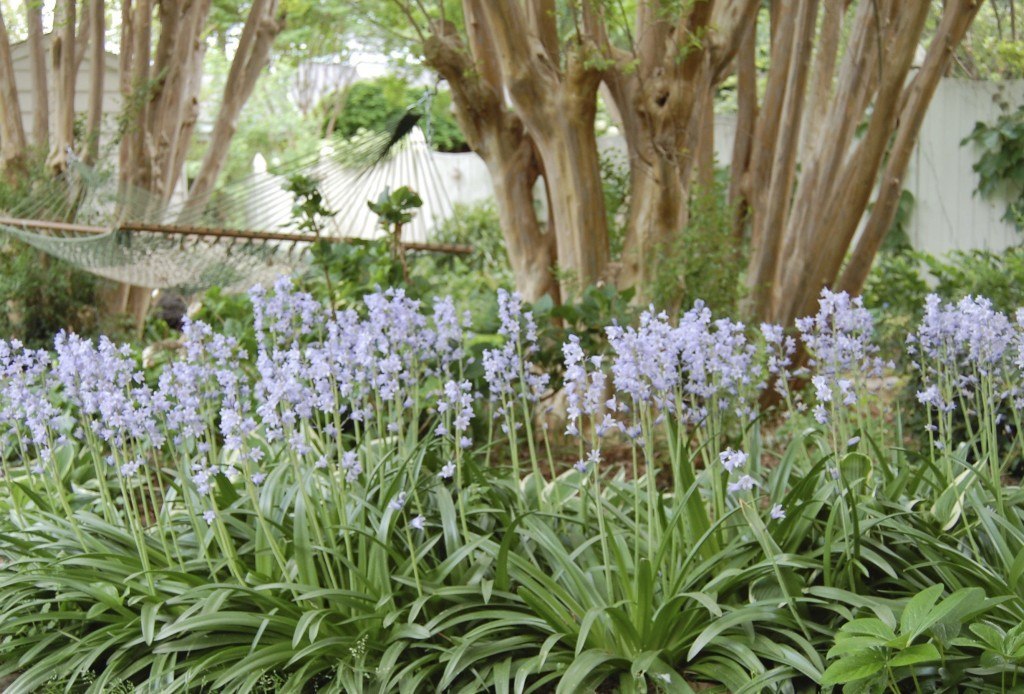
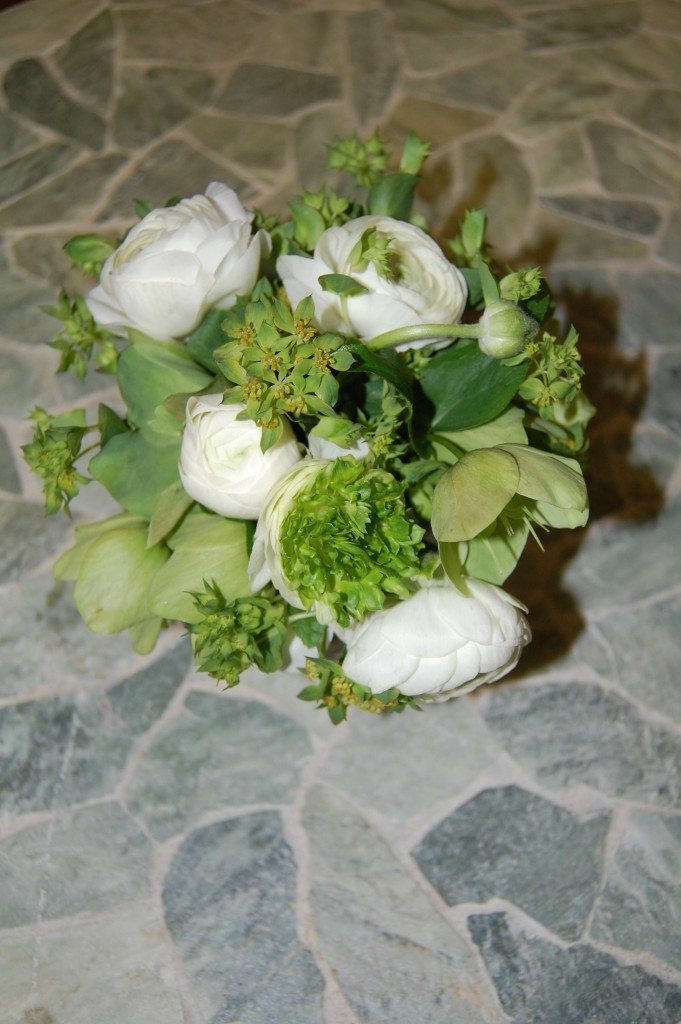
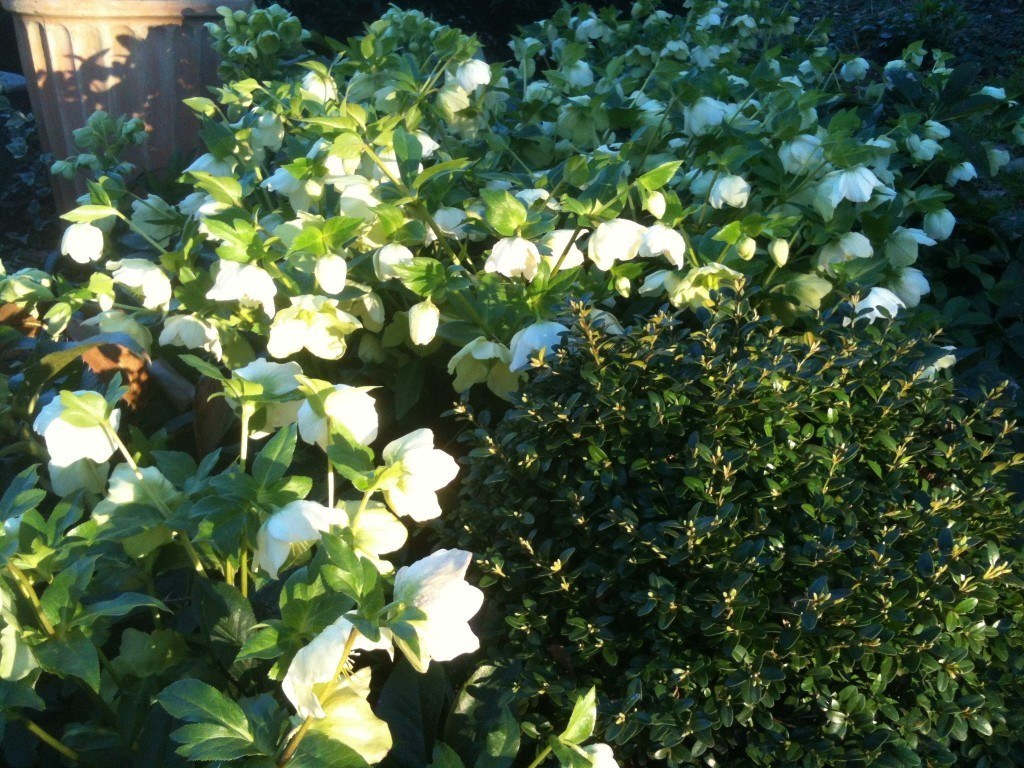
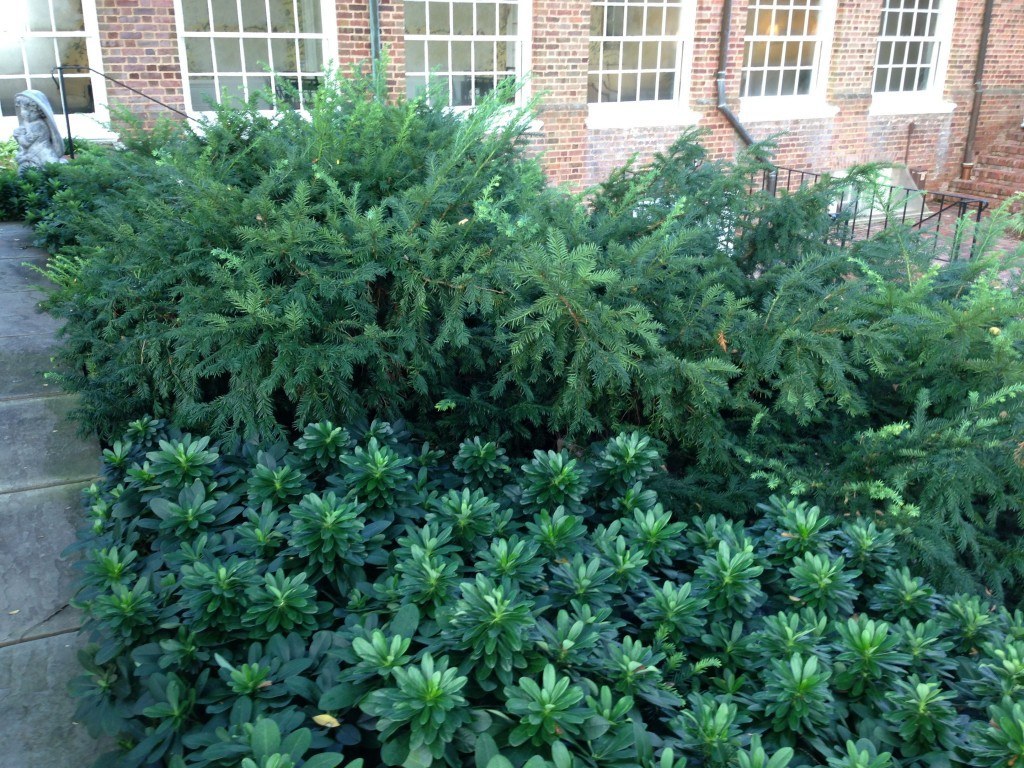
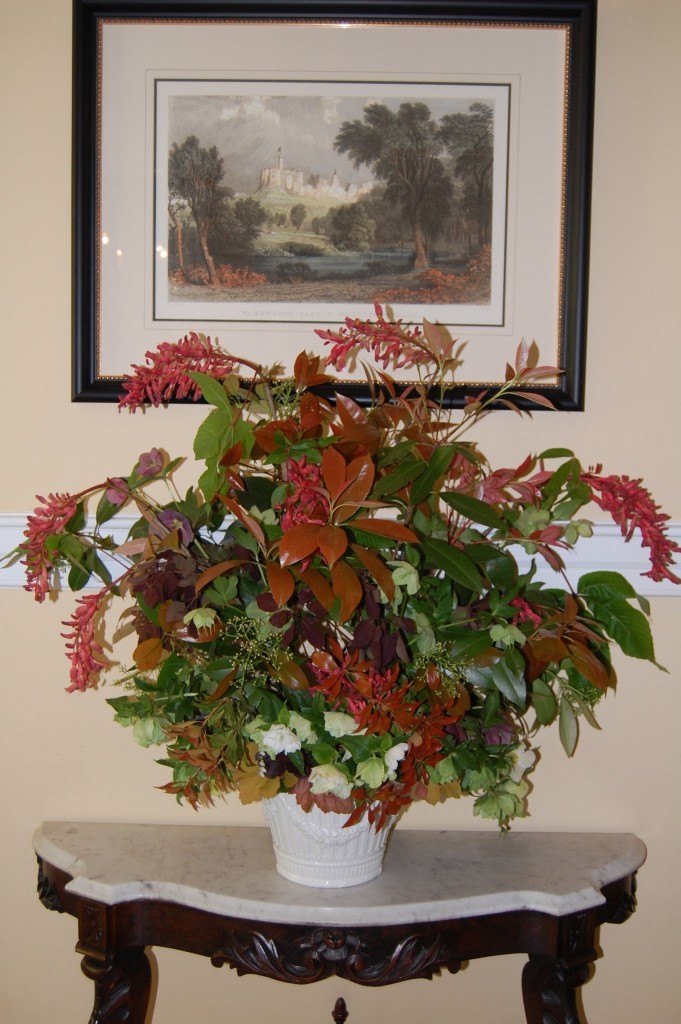
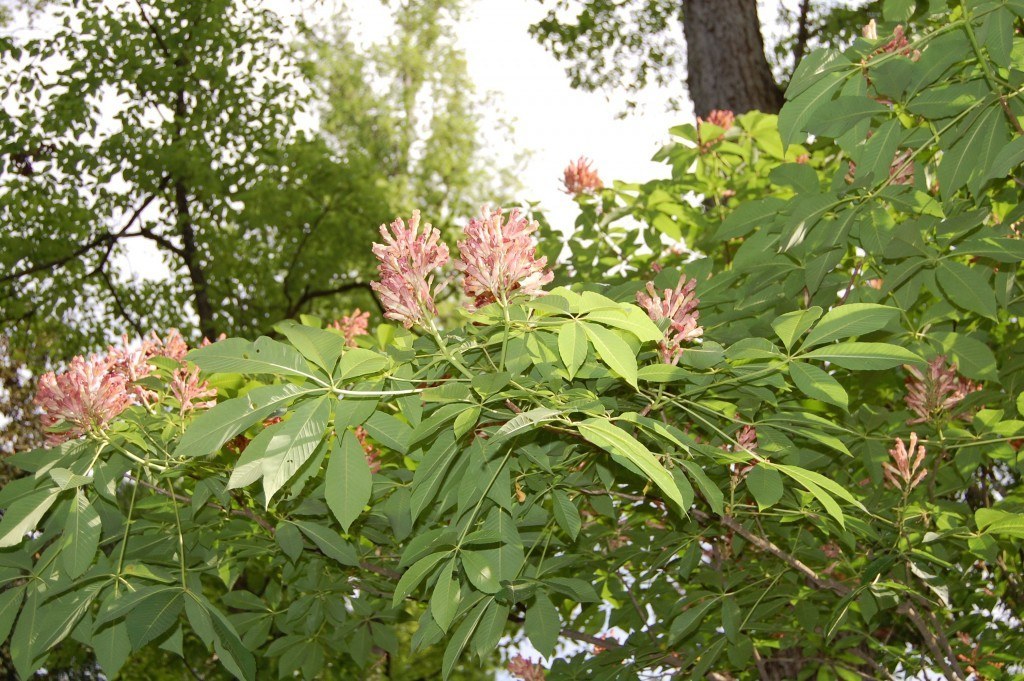
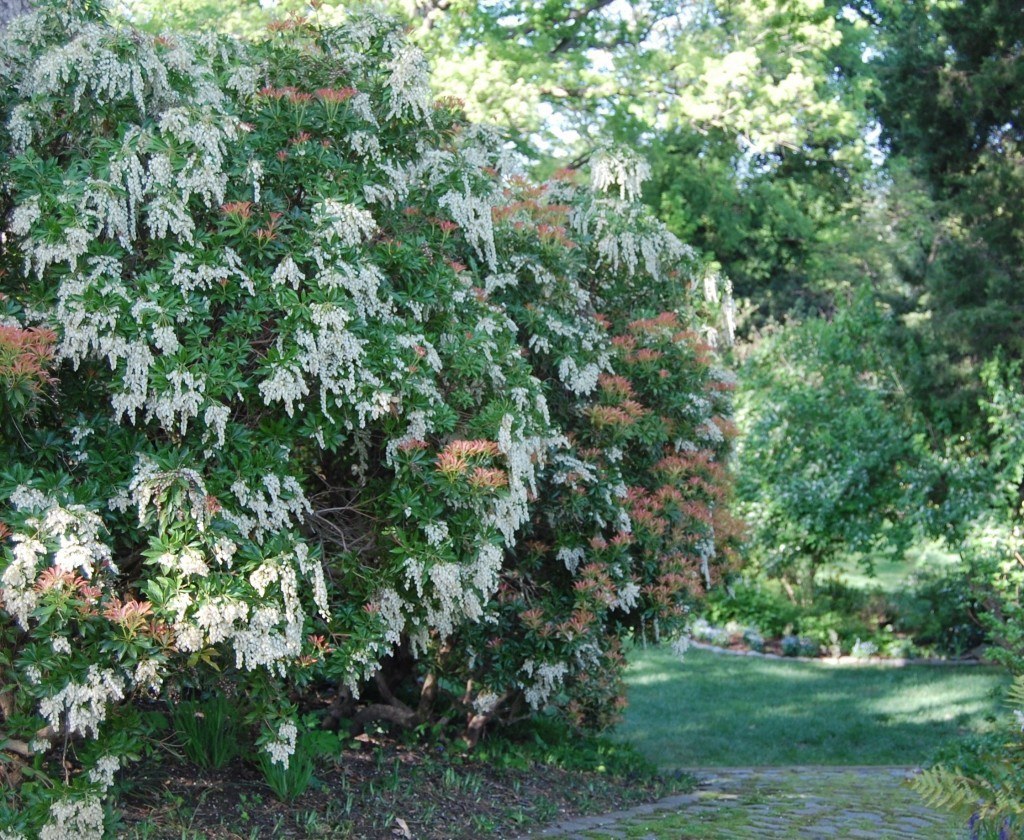
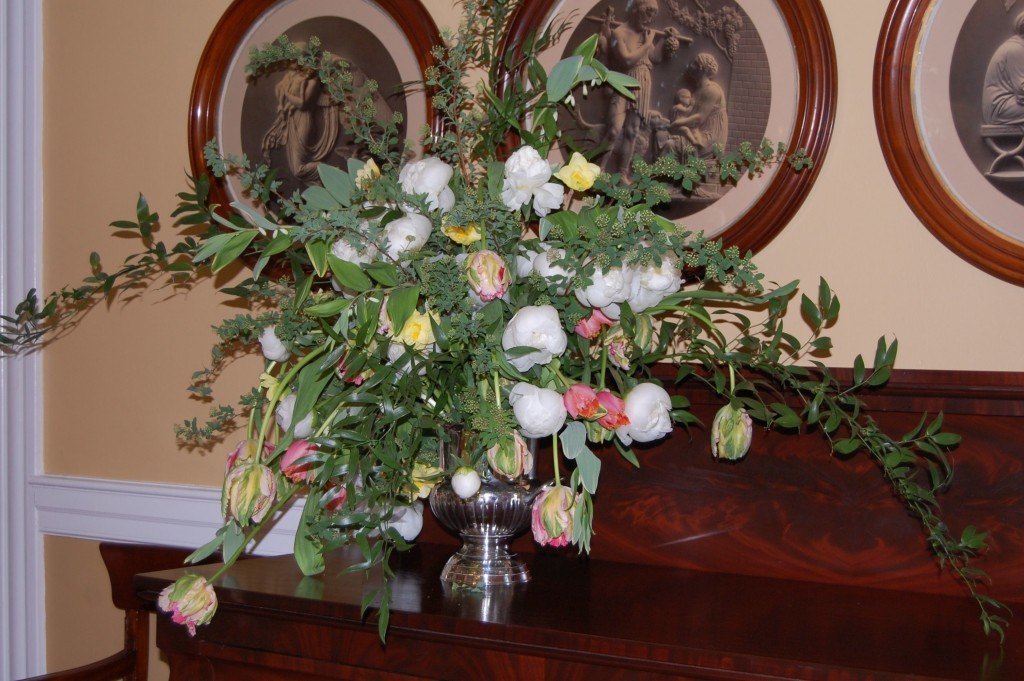 The dramatic arrangement above includes the Spirea and Solomon’s Seal pictured earlier, but the leading ladies here are the Parrot Tulips taking a bow. Poet’s Laurel (Danae racemosa) and Ranunculus anchor the arrangement.
The dramatic arrangement above includes the Spirea and Solomon’s Seal pictured earlier, but the leading ladies here are the Parrot Tulips taking a bow. Poet’s Laurel (Danae racemosa) and Ranunculus anchor the arrangement.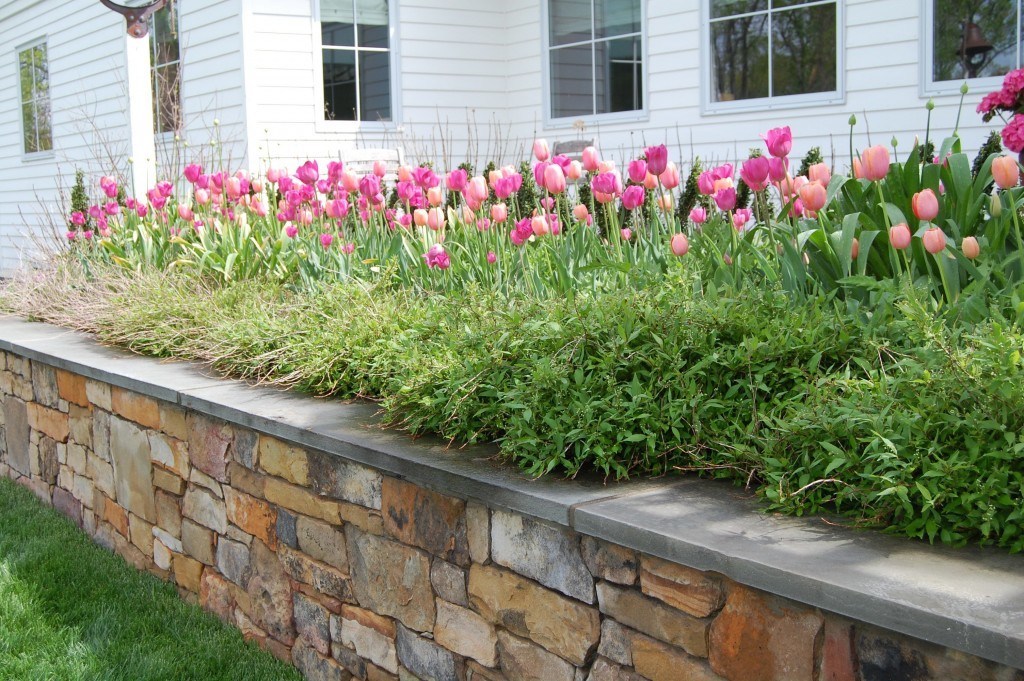
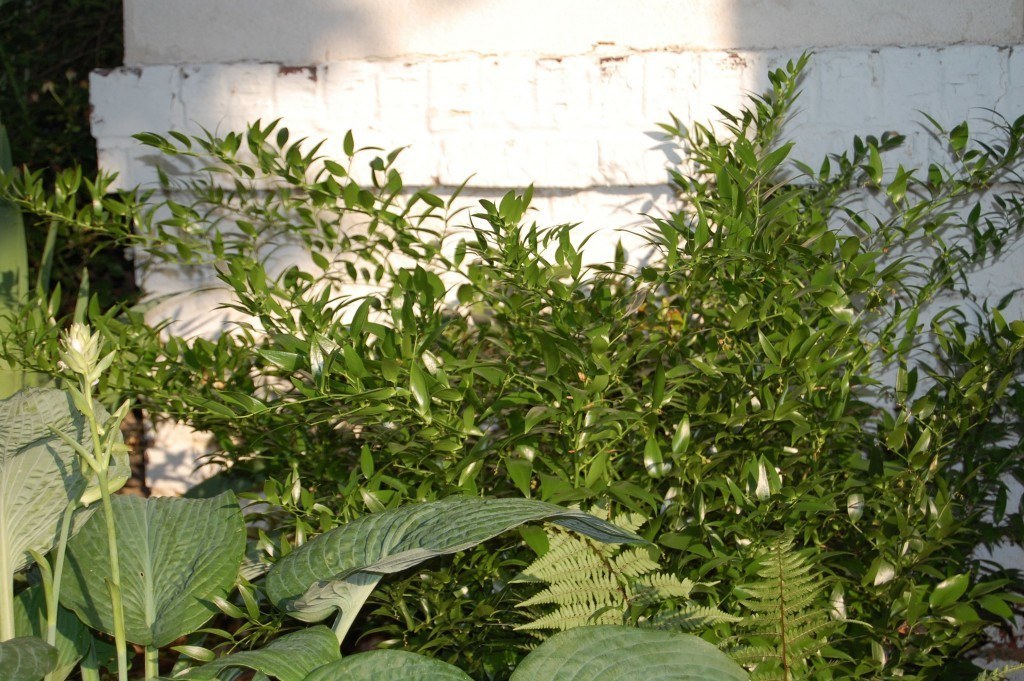
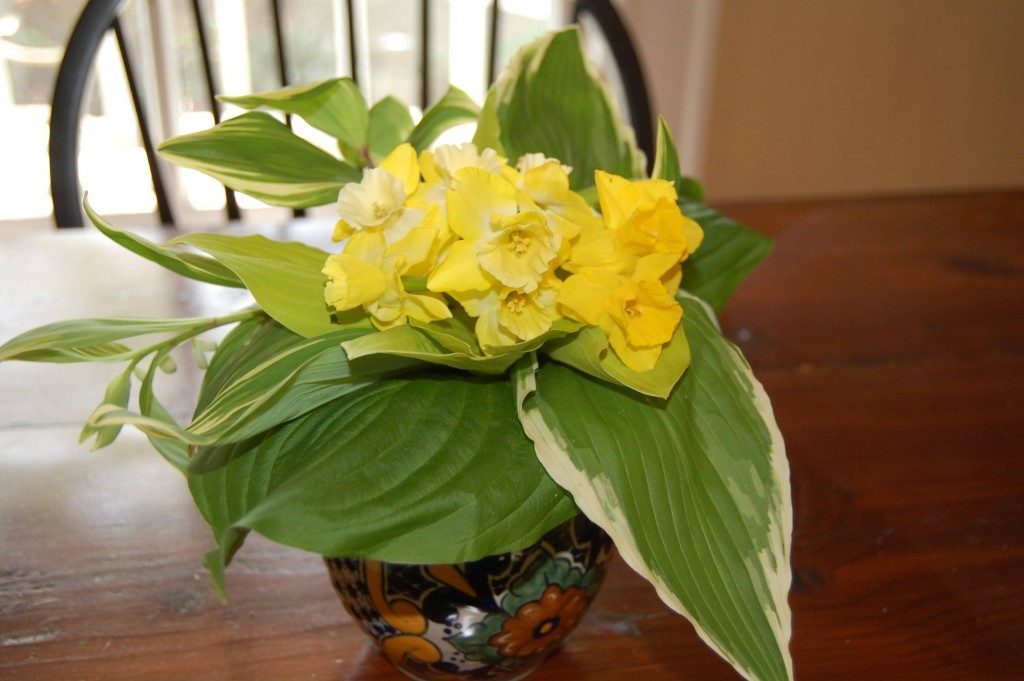
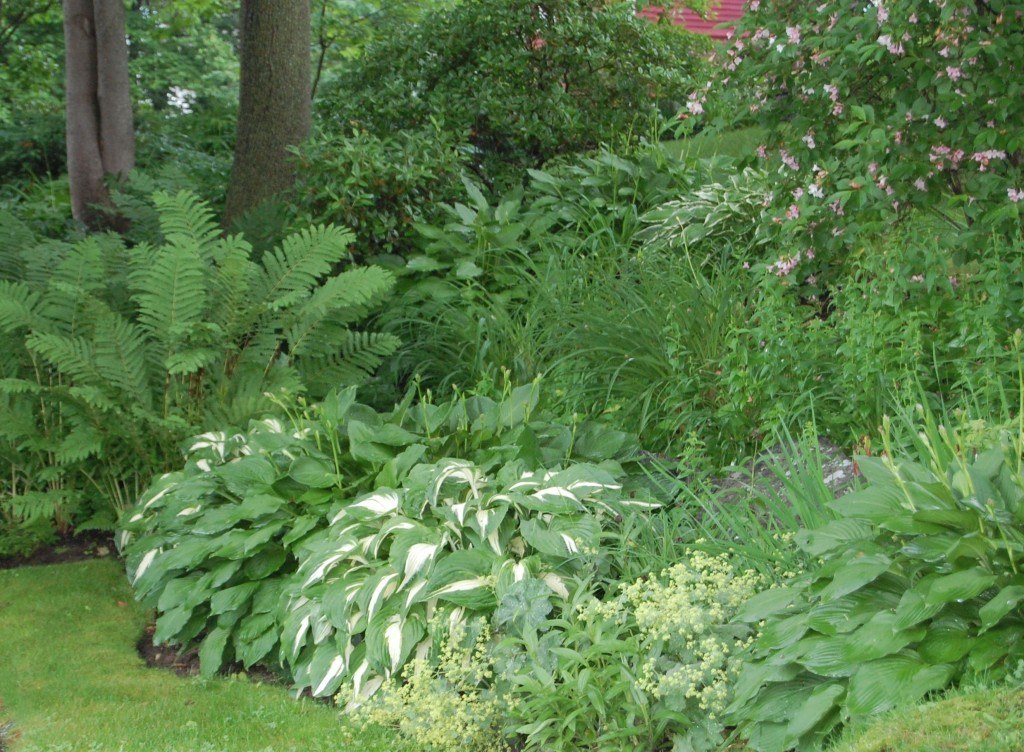
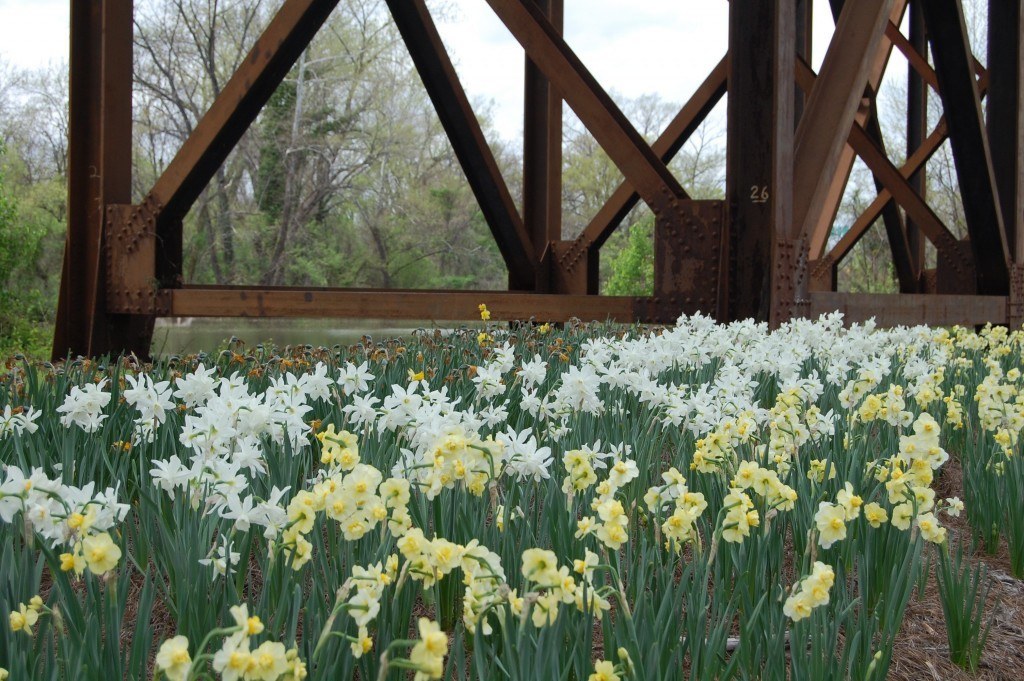
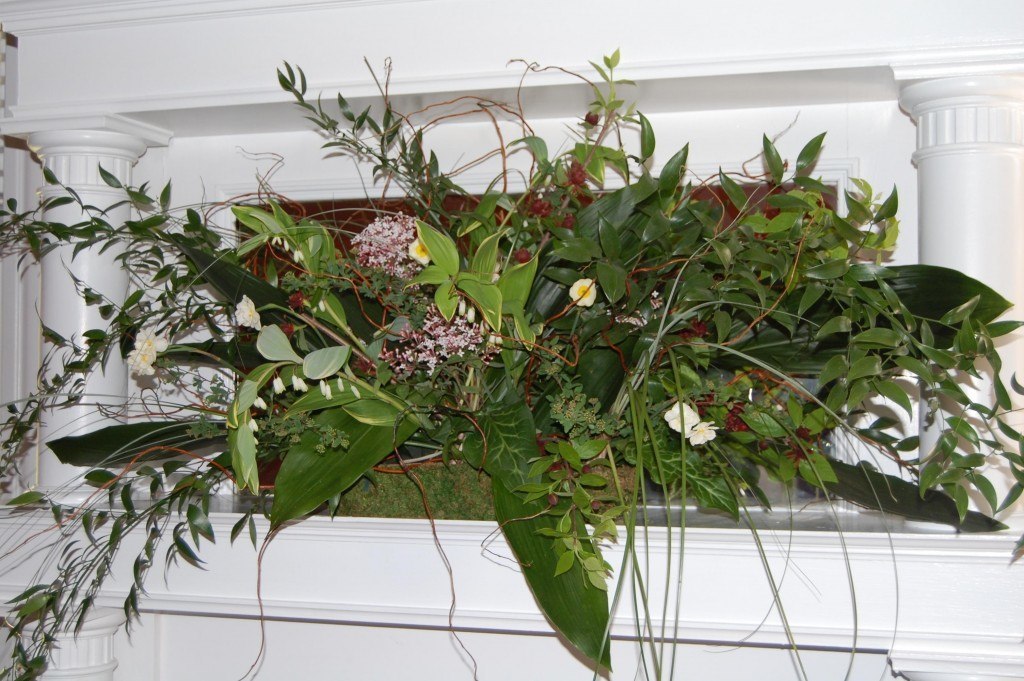 This modern arrangement has an abundance of greenery, including grasses, Poet’s Laurel, Variegated Solomon’s Seal and Arum (Arum italica). Flowers are used sparingly, but to great effect. They include dimuntive daffodil blooms, Lilac (Syringa, genus, I think it is ‘Miss Kim’), and Carolina Allspice (Calycanthus floridus).
This modern arrangement has an abundance of greenery, including grasses, Poet’s Laurel, Variegated Solomon’s Seal and Arum (Arum italica). Flowers are used sparingly, but to great effect. They include dimuntive daffodil blooms, Lilac (Syringa, genus, I think it is ‘Miss Kim’), and Carolina Allspice (Calycanthus floridus).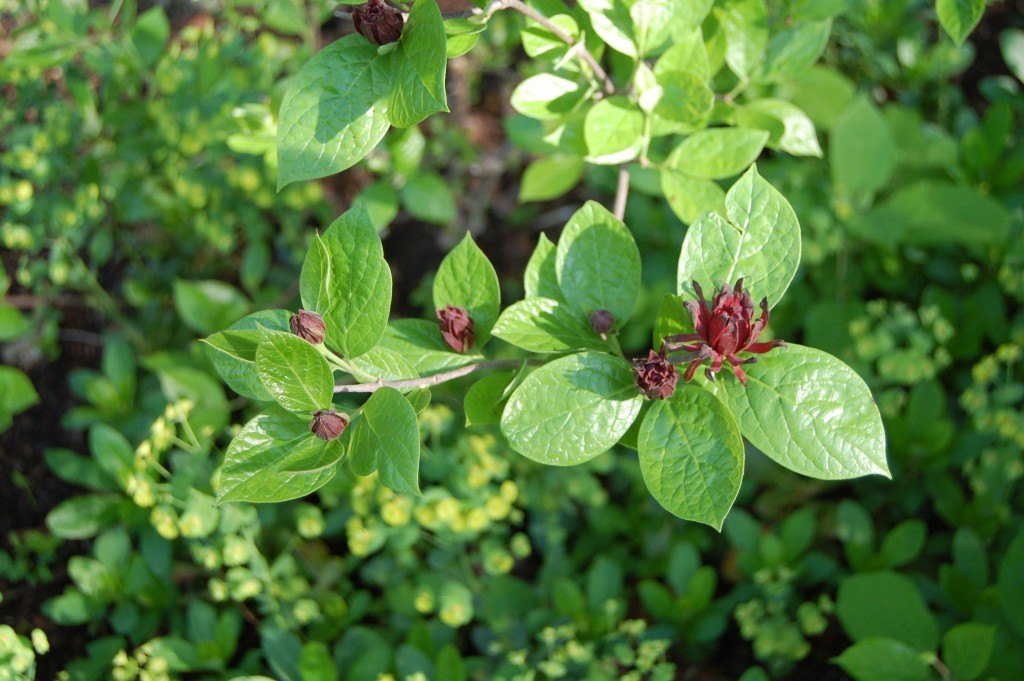
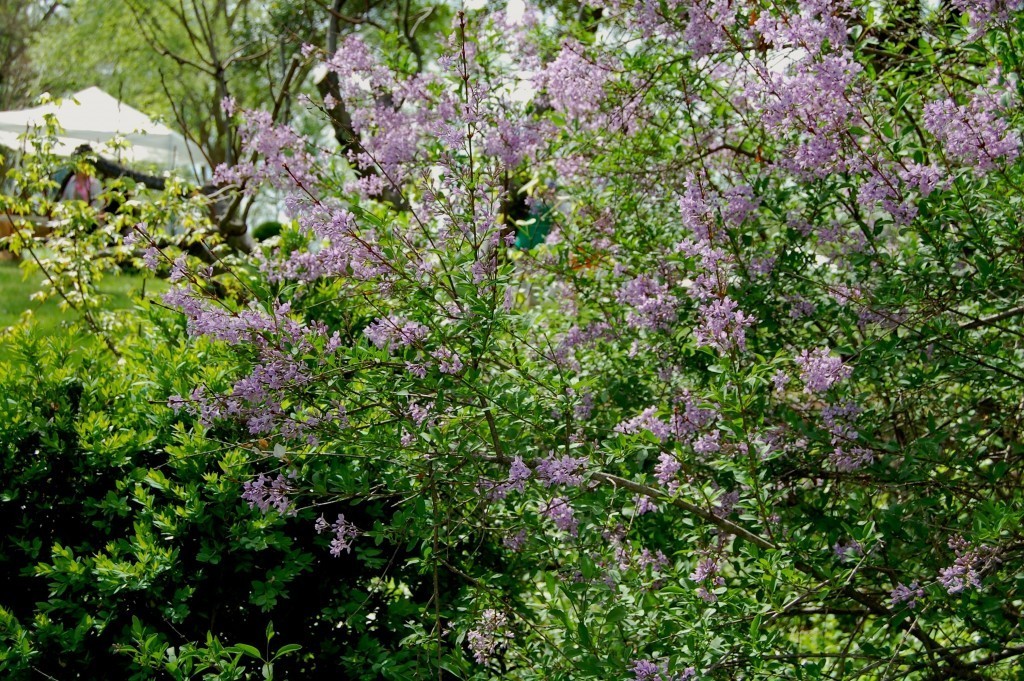
 The mantle arrangement above is a feast of textures and contrasting hues, with Photinia, Boxwood, Variegated Euonymus, Spanish Bluebells, Lenten Rose, Pachysandra and Native Azalea. Photo by Betsy Trow.
The mantle arrangement above is a feast of textures and contrasting hues, with Photinia, Boxwood, Variegated Euonymus, Spanish Bluebells, Lenten Rose, Pachysandra and Native Azalea. Photo by Betsy Trow.
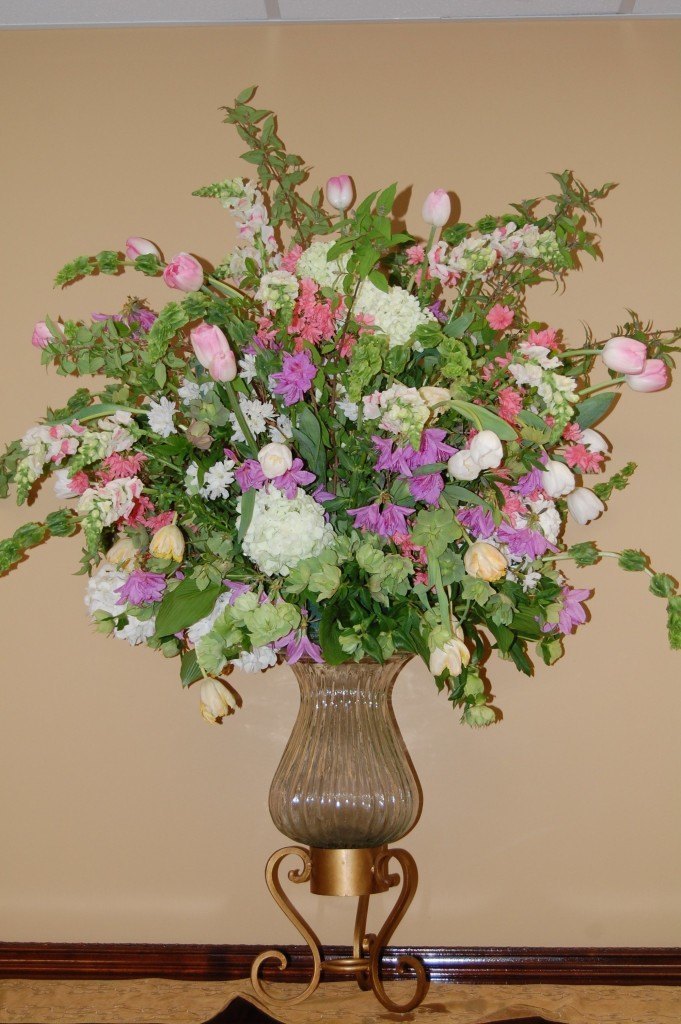 This arrangement welcomes spring in all its glory. Pink and peach Tulips, pink and lavender Azaleas, and pink Snapdragons blend beautifully with Snowball Viburnum (the OTHER Snowball Viburnum, Viburnum macrocephalum), Lenten Rose, Deutzia gracilis and greens.
This arrangement welcomes spring in all its glory. Pink and peach Tulips, pink and lavender Azaleas, and pink Snapdragons blend beautifully with Snowball Viburnum (the OTHER Snowball Viburnum, Viburnum macrocephalum), Lenten Rose, Deutzia gracilis and greens.